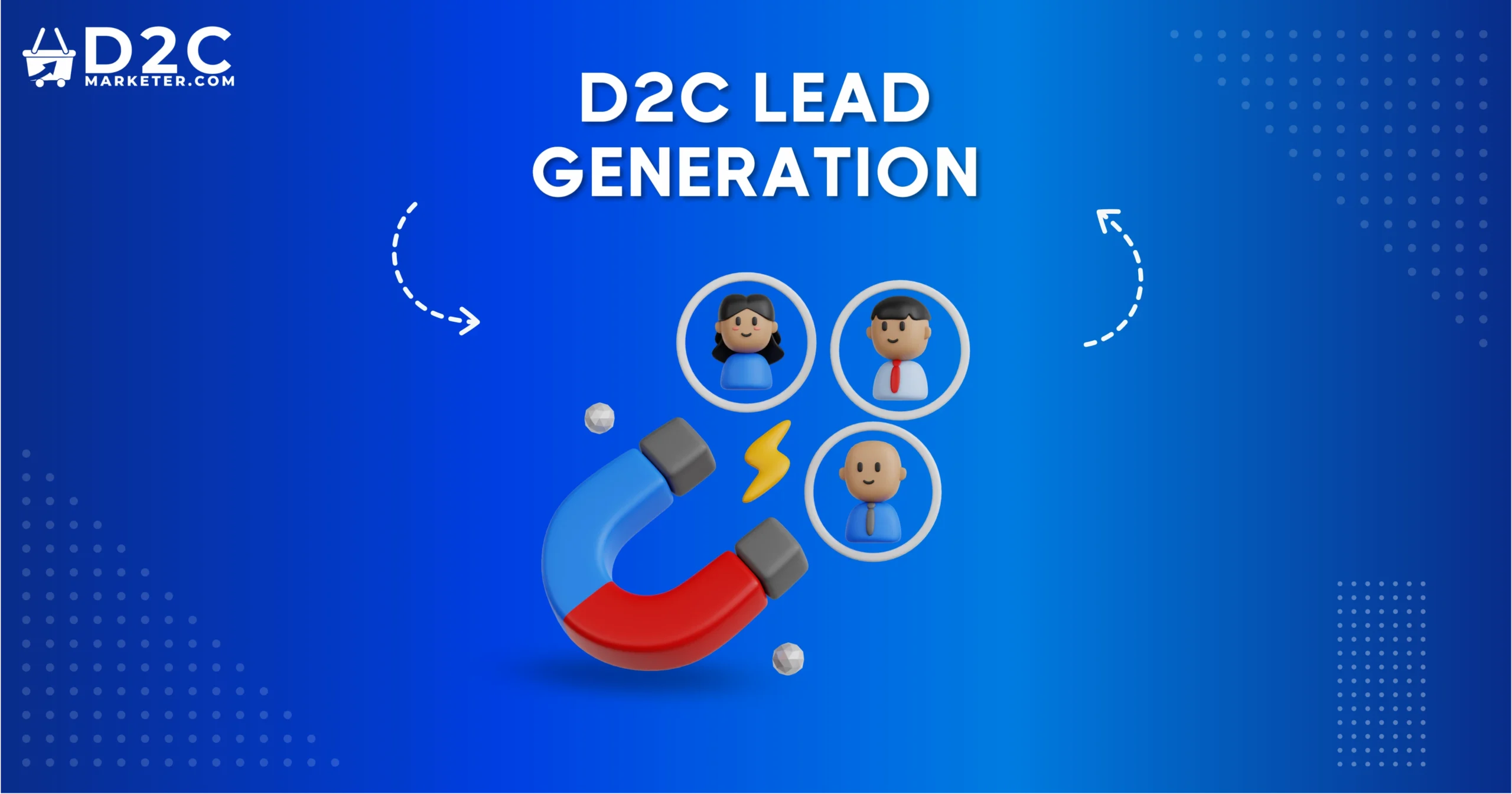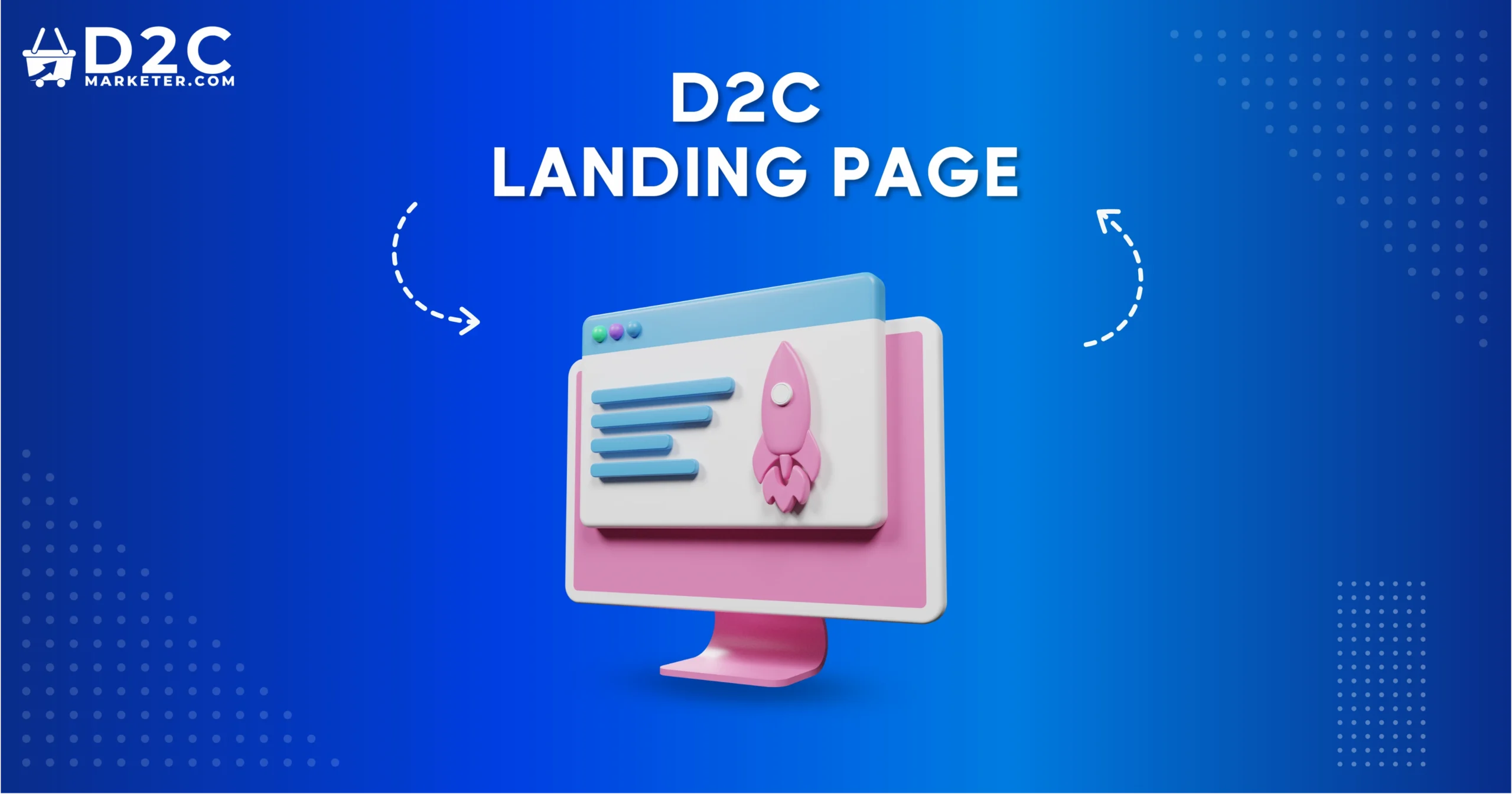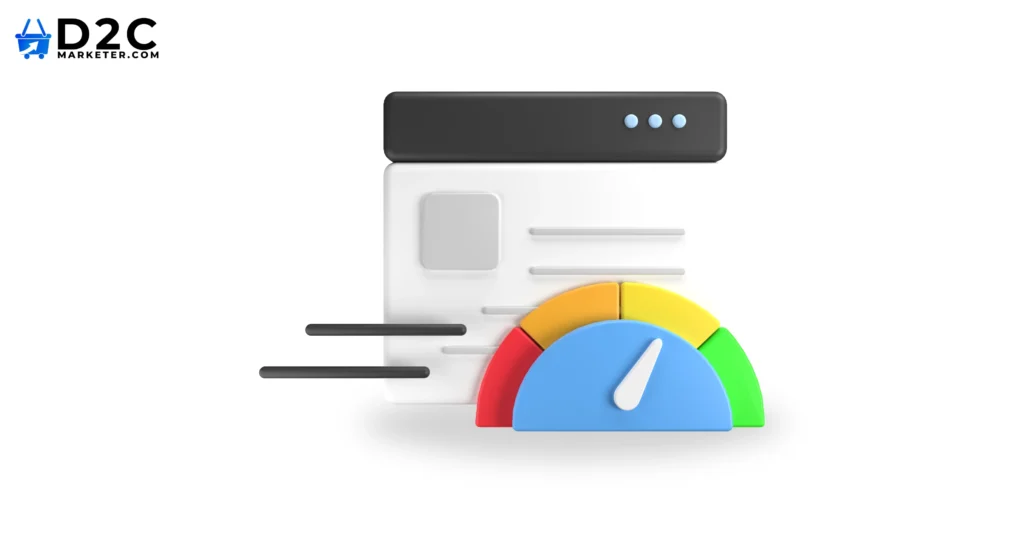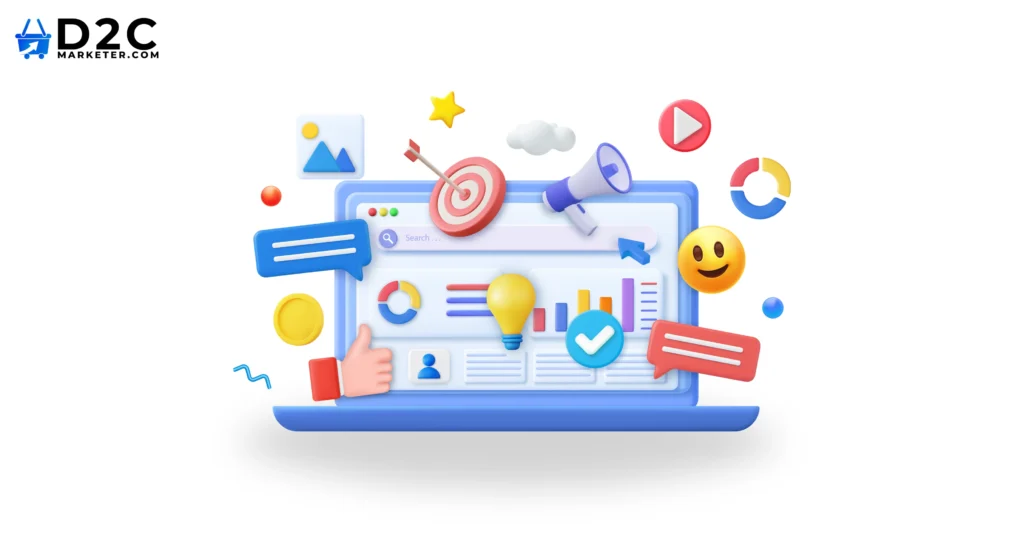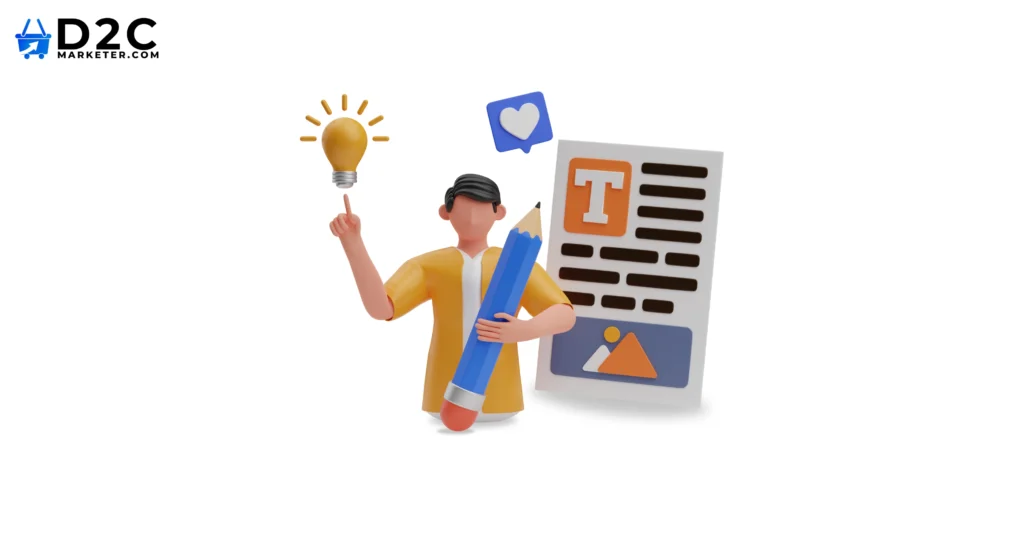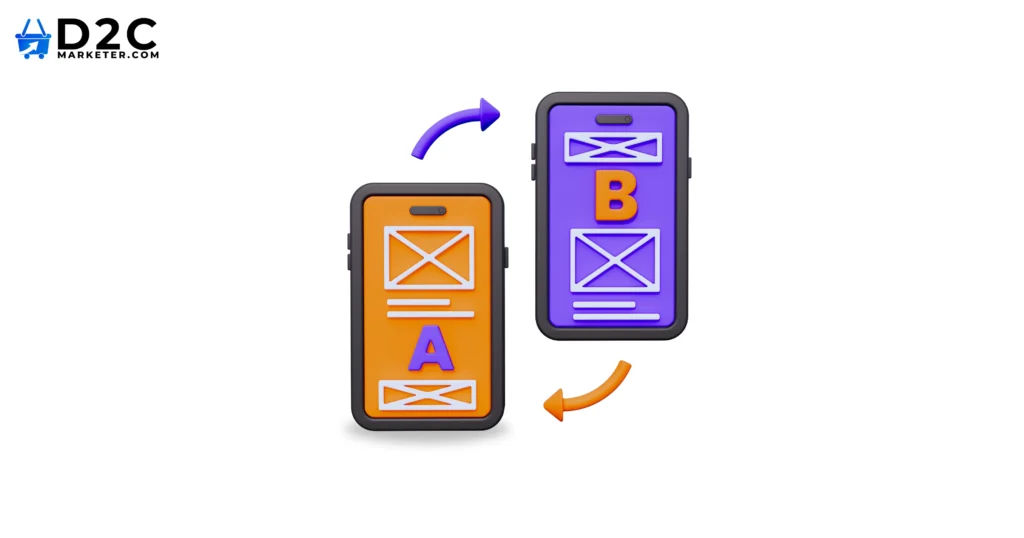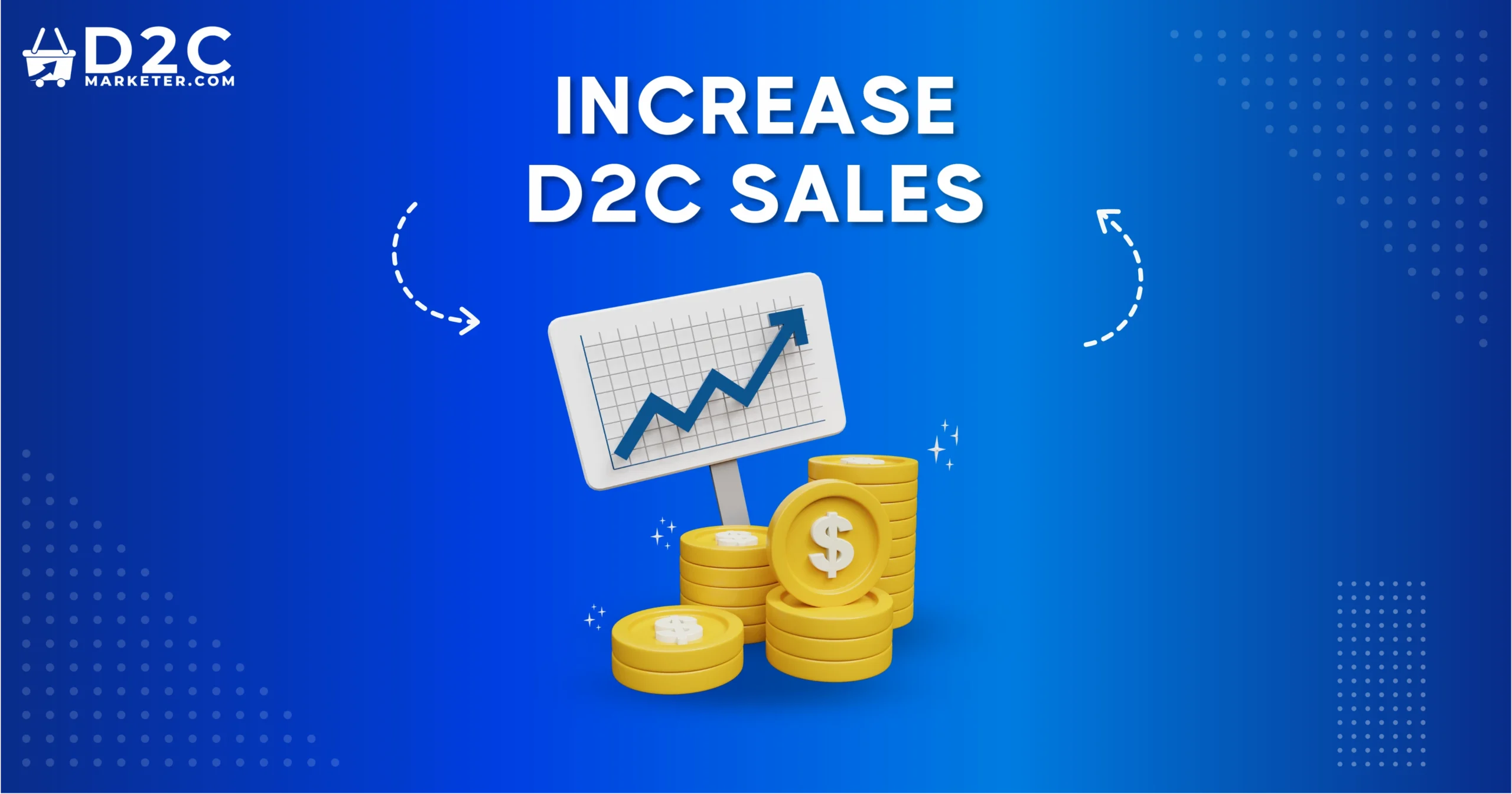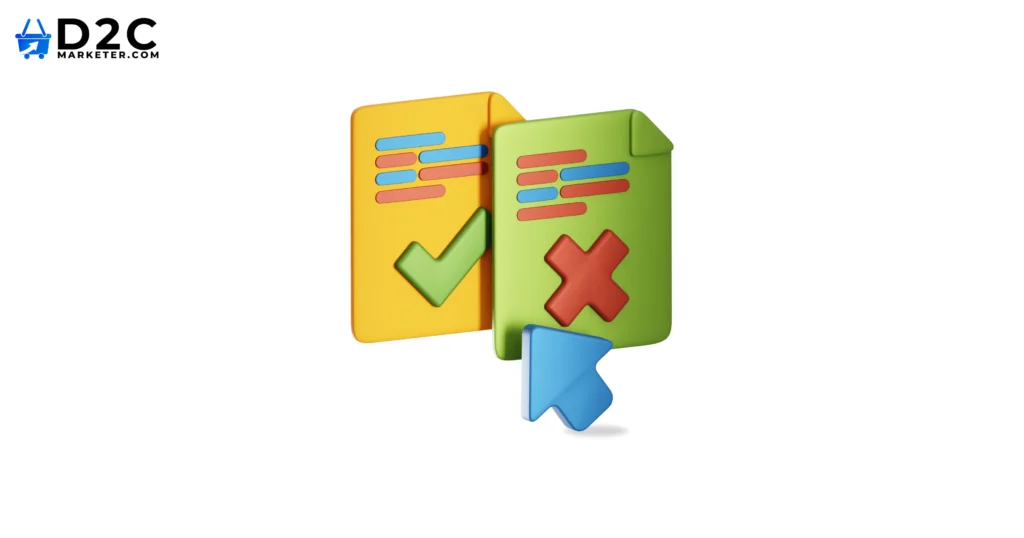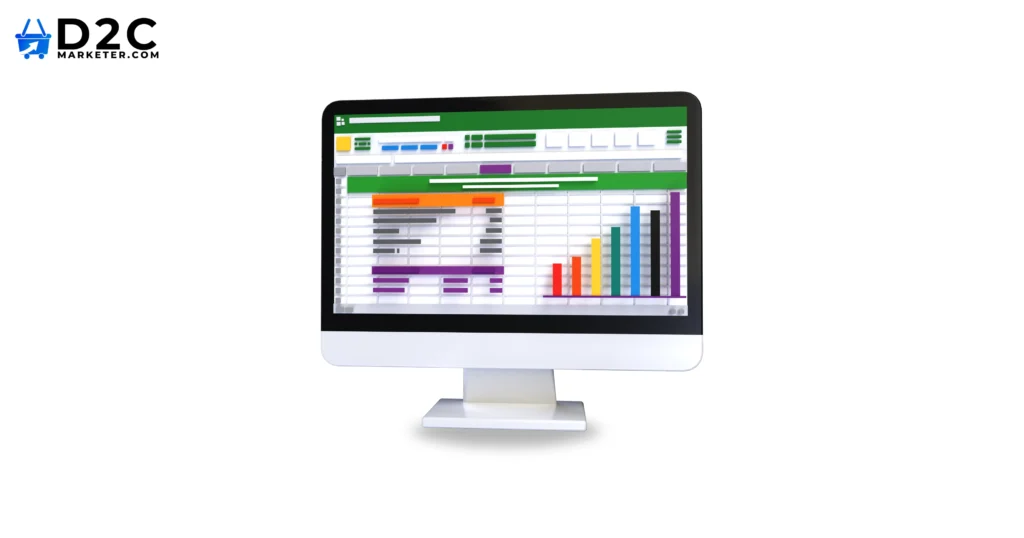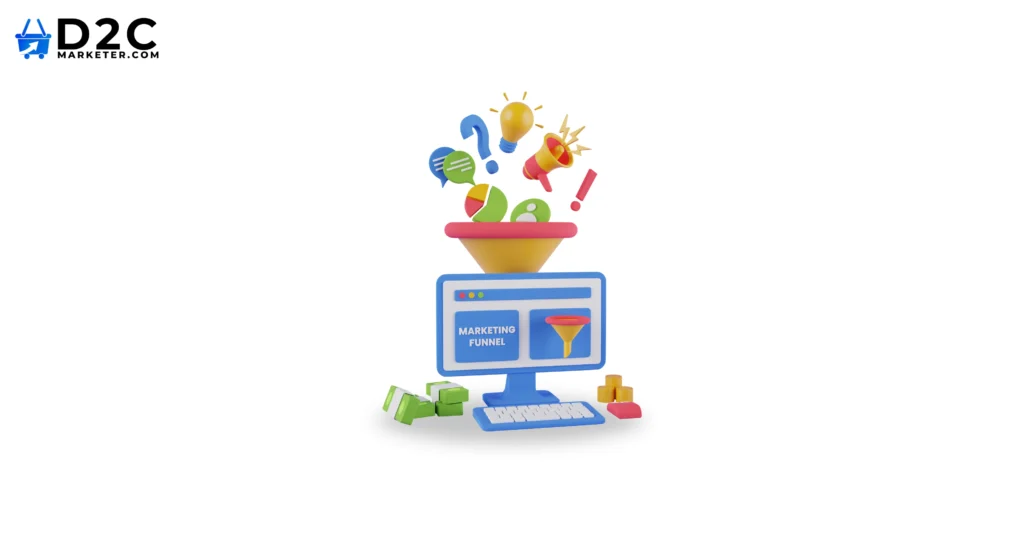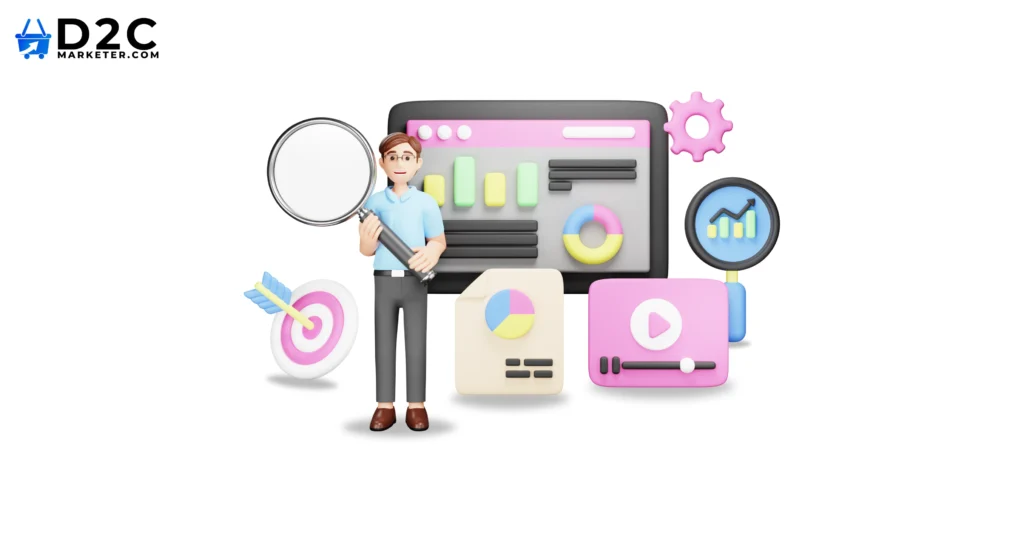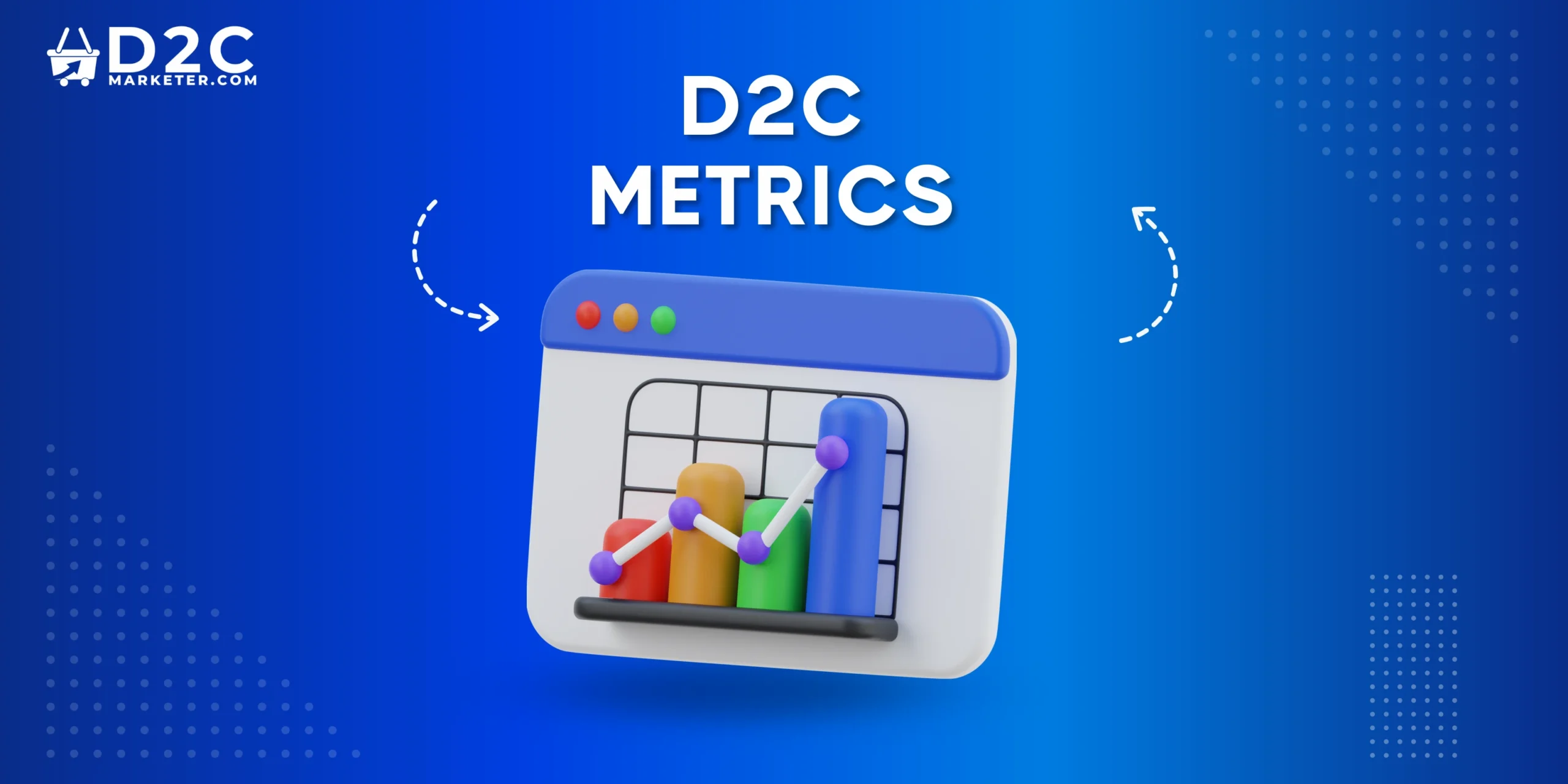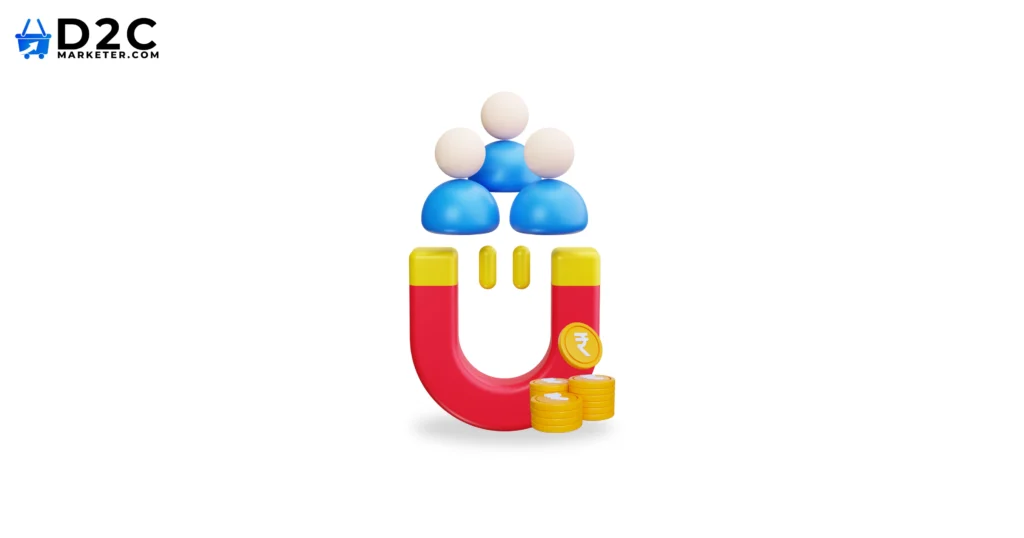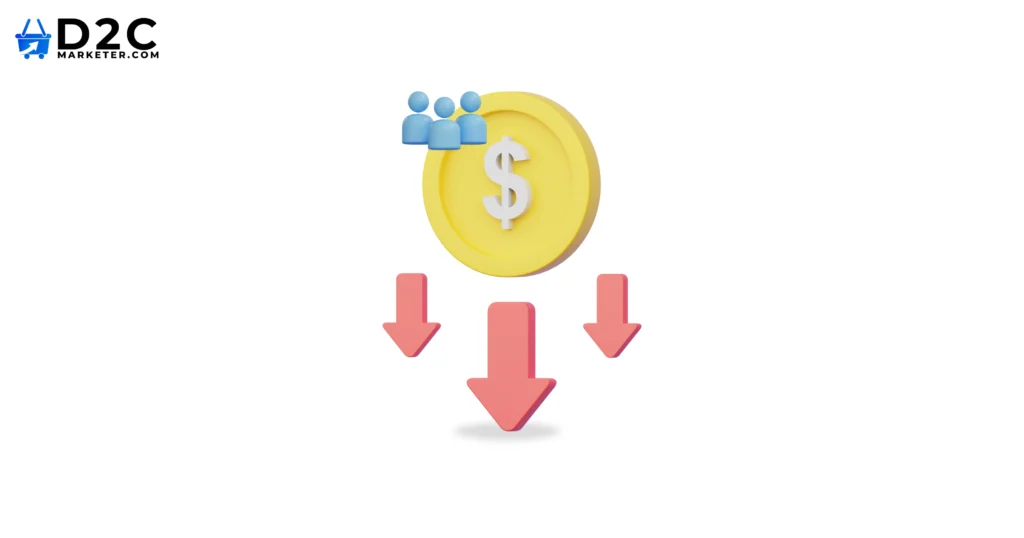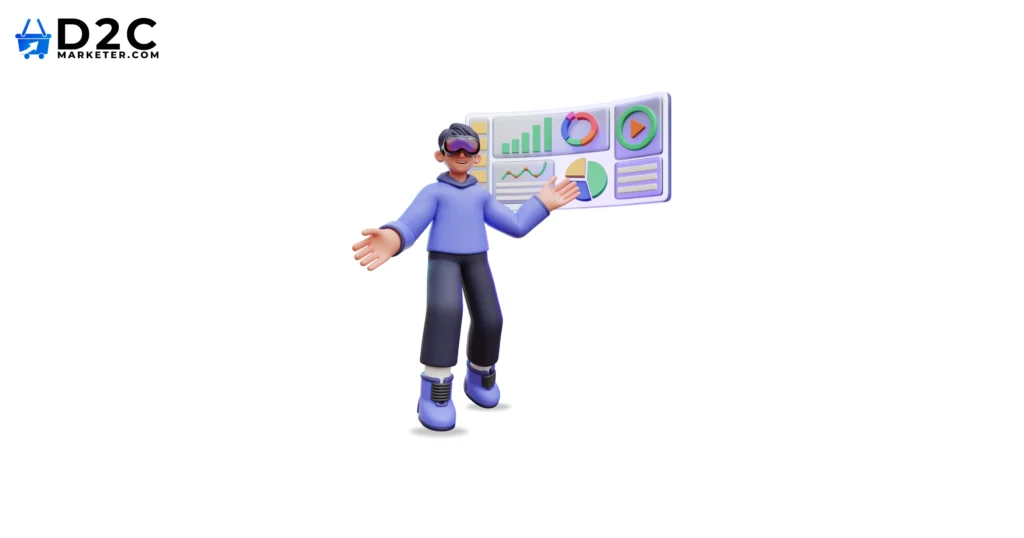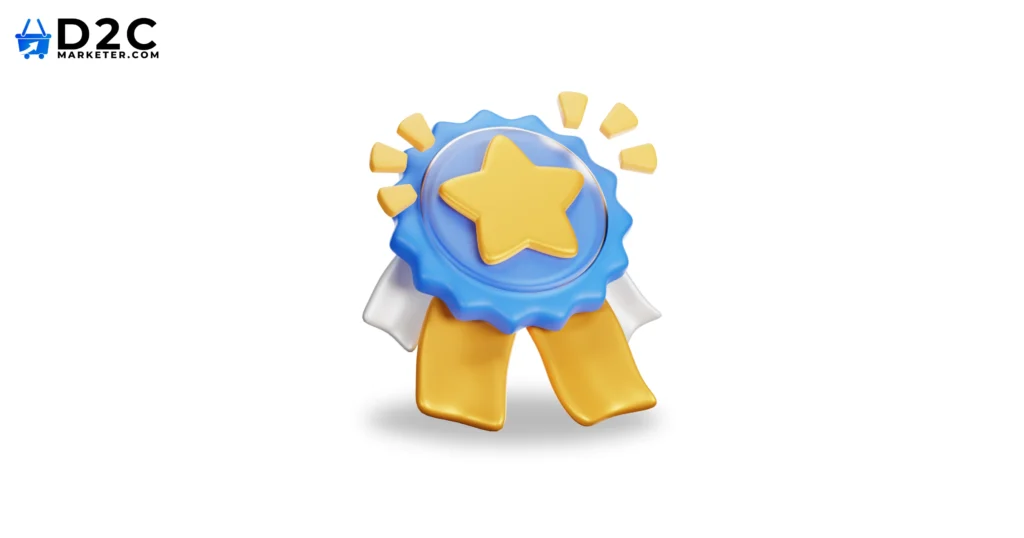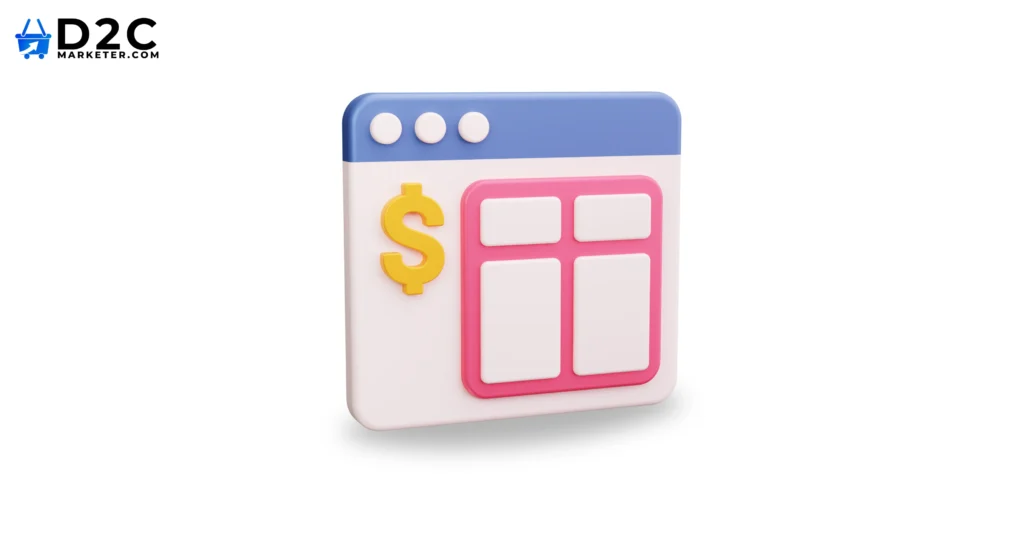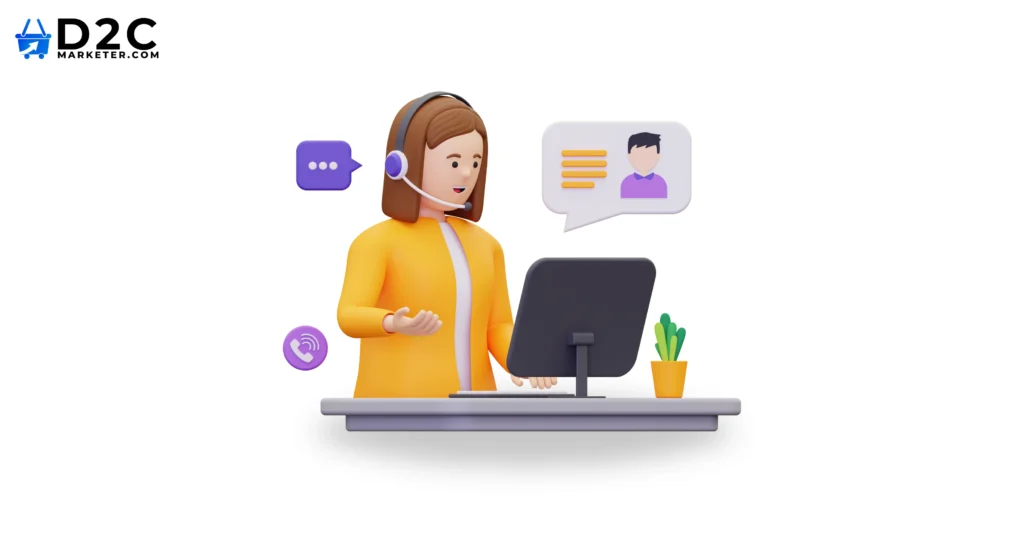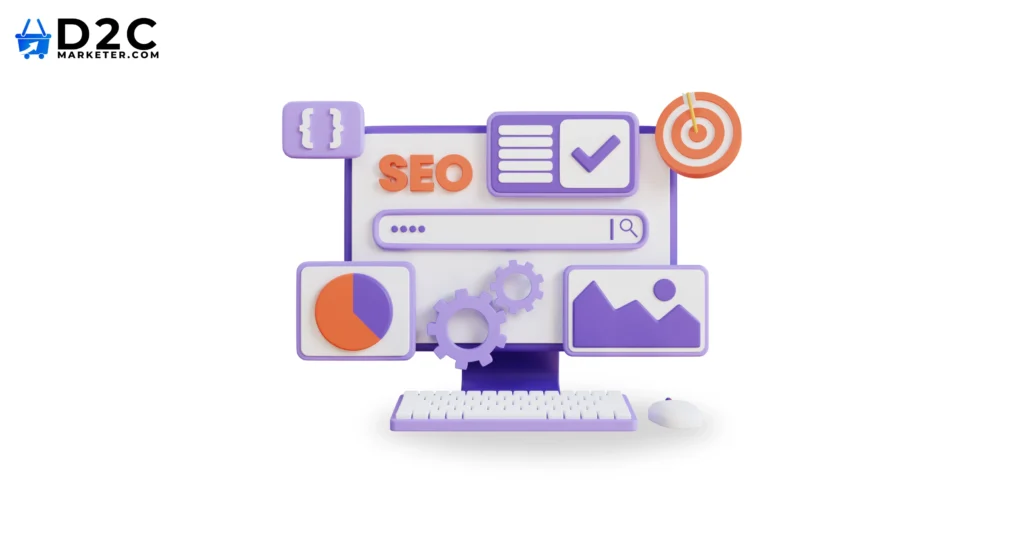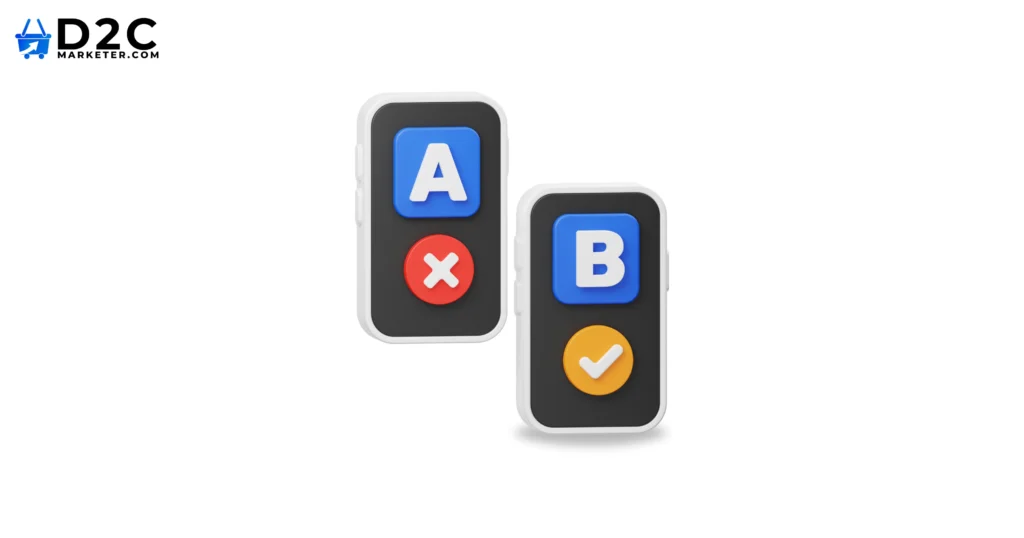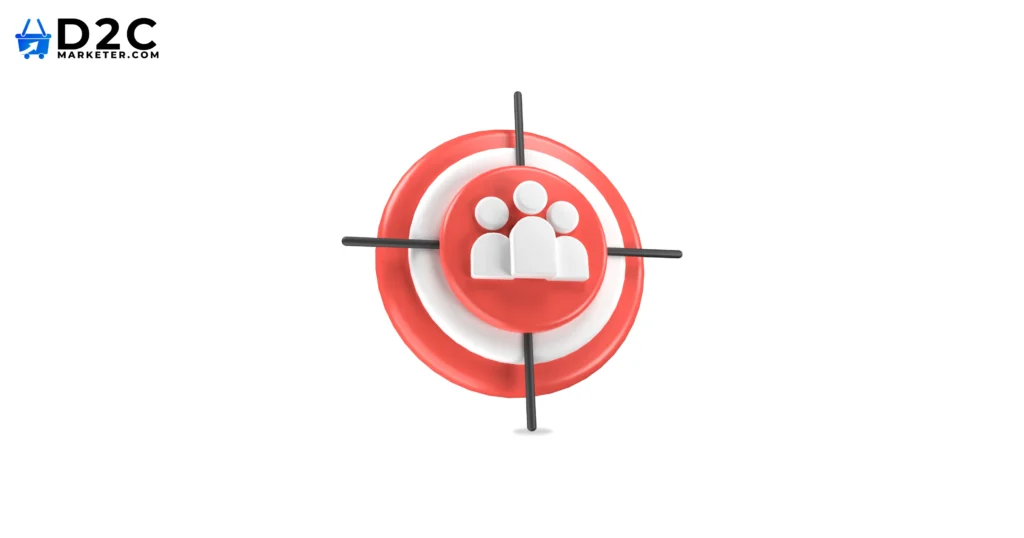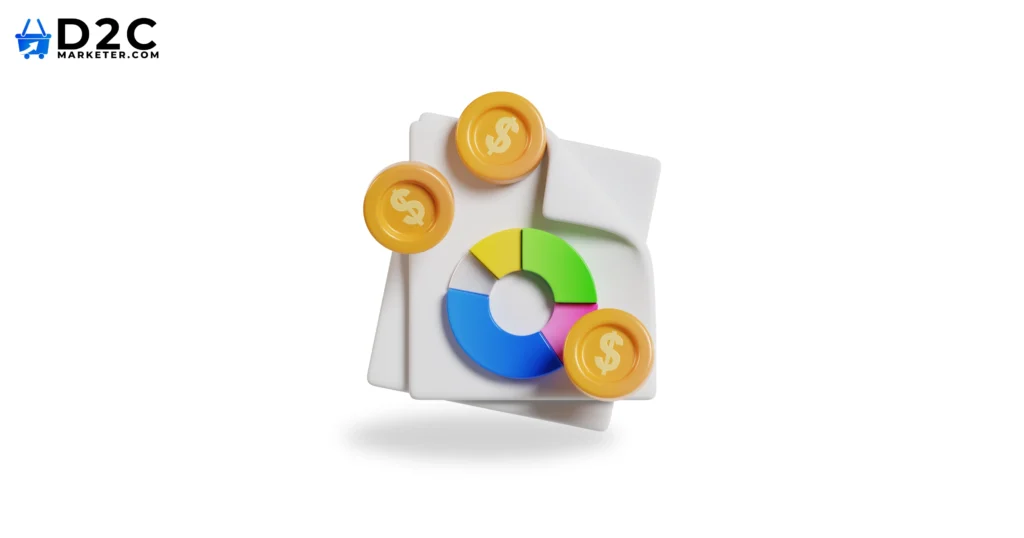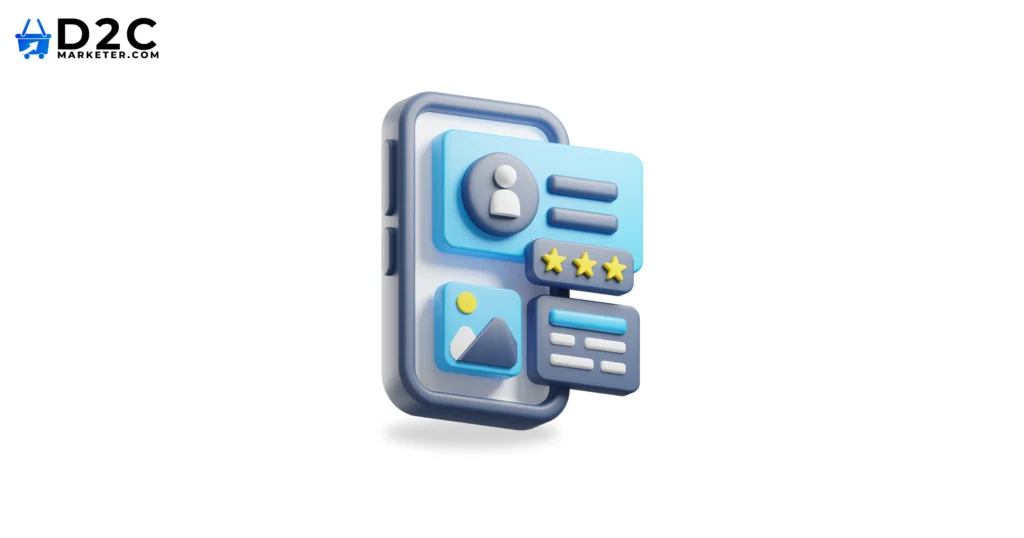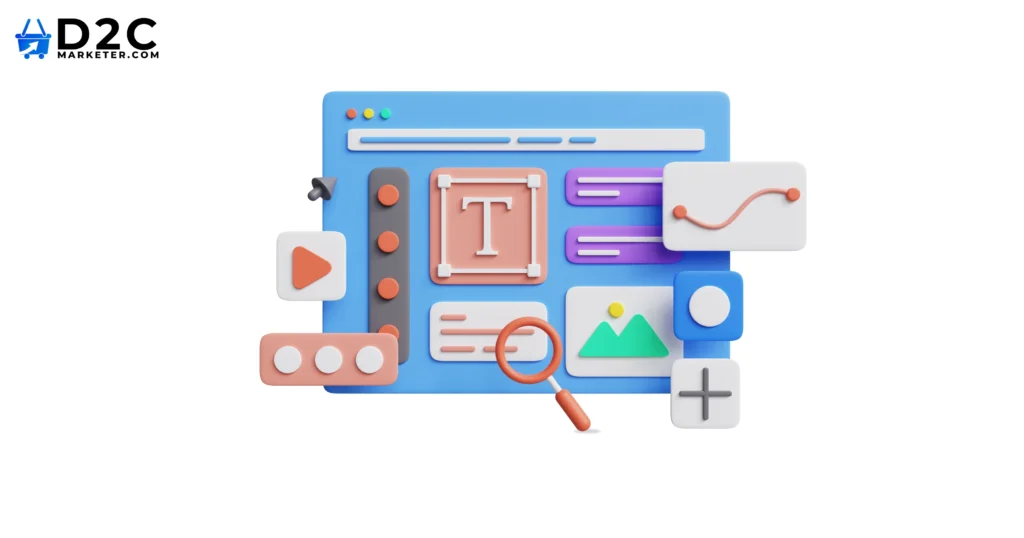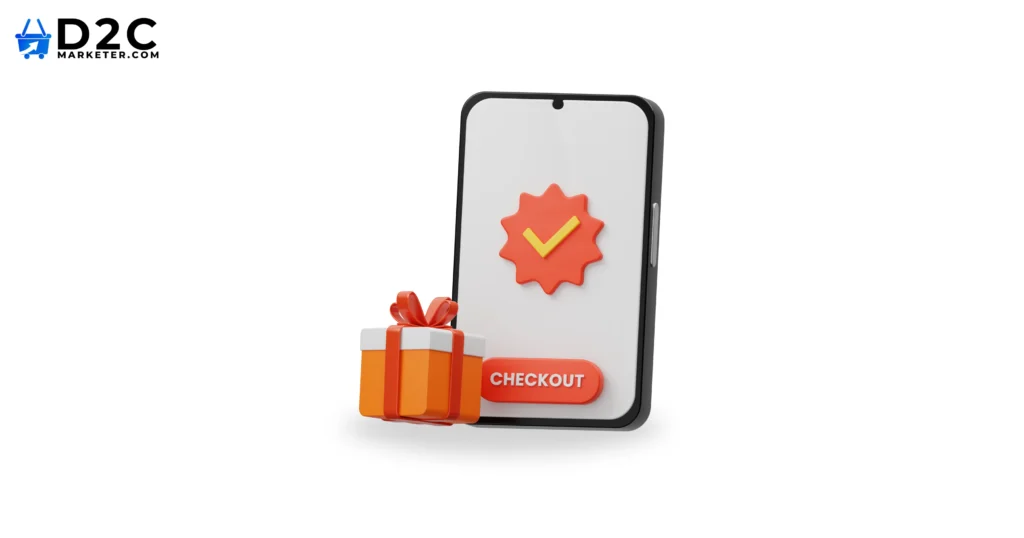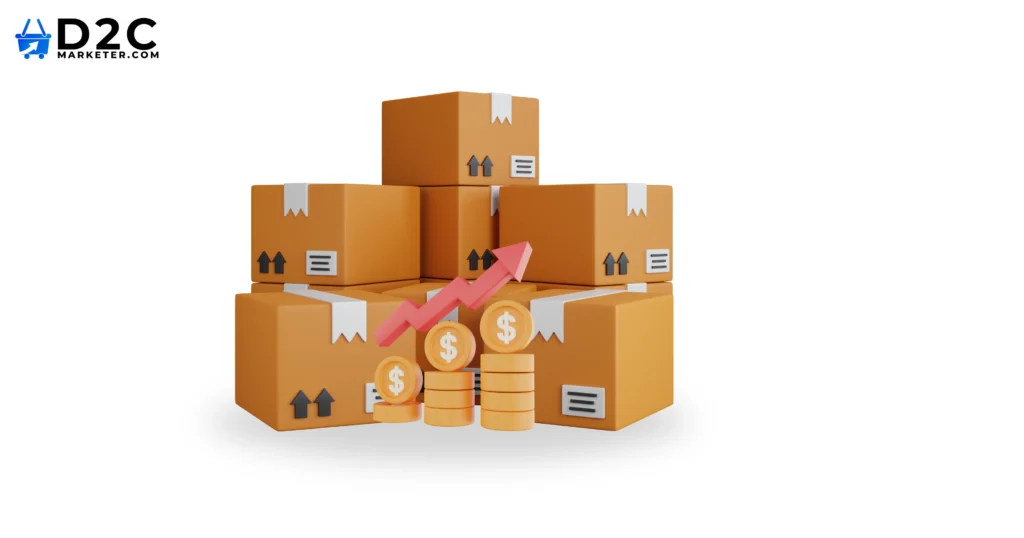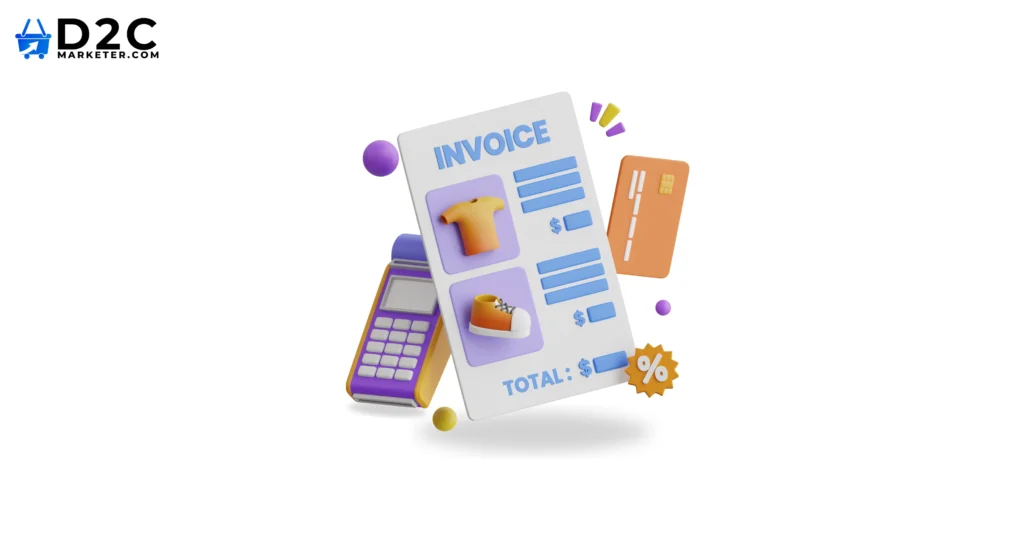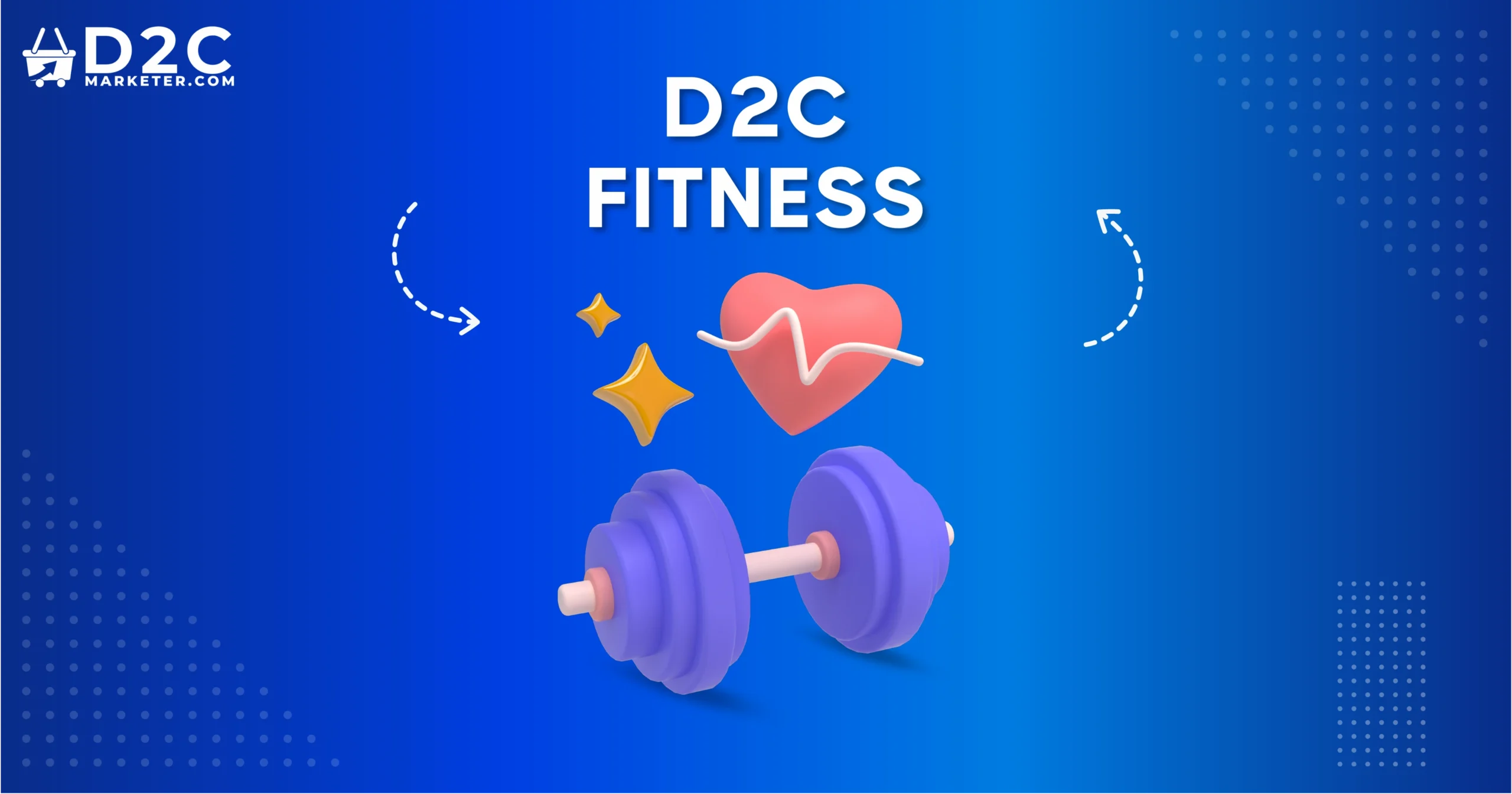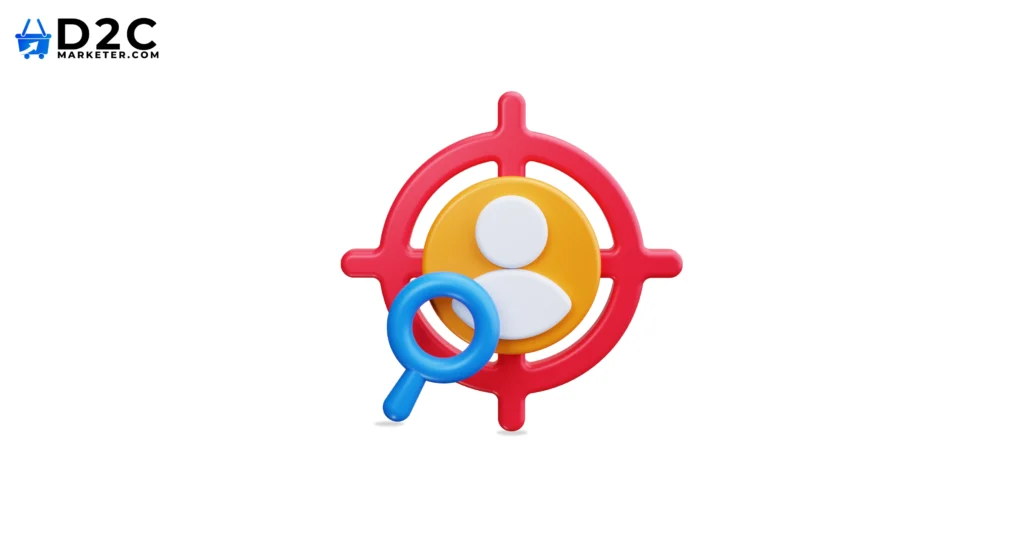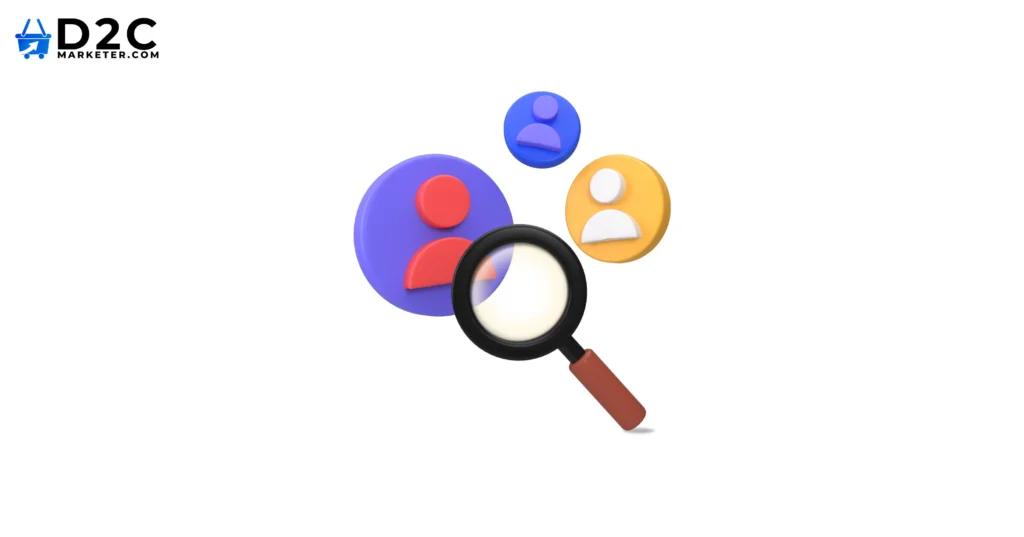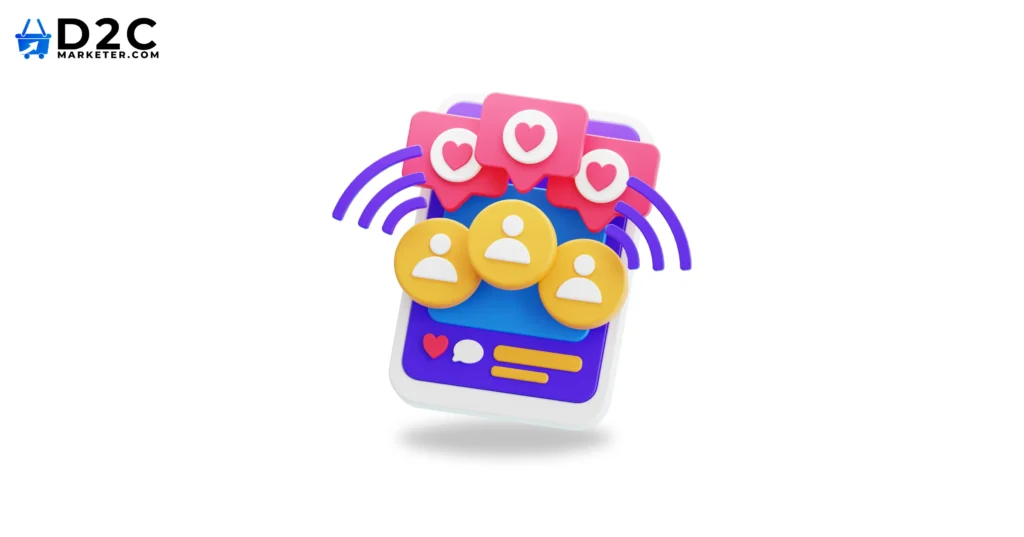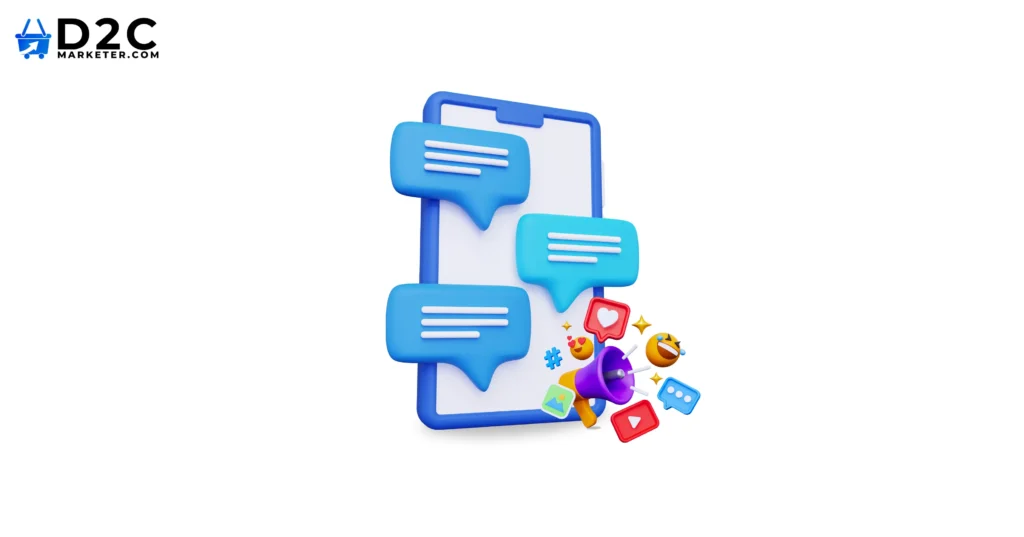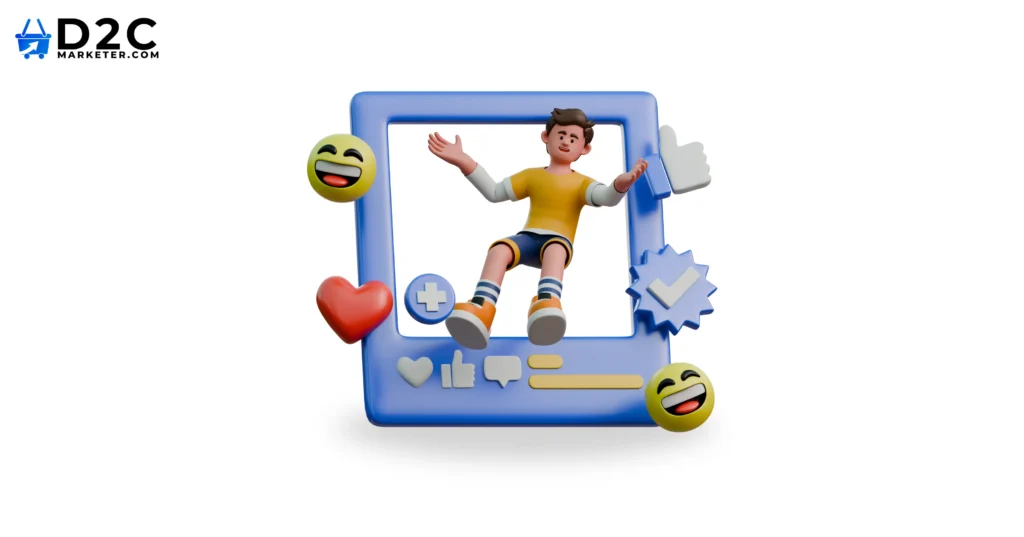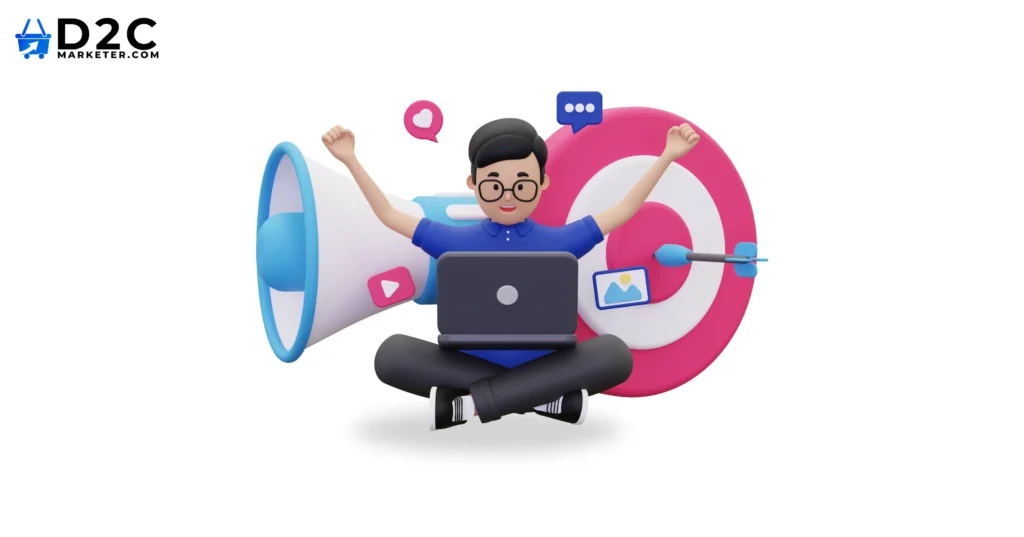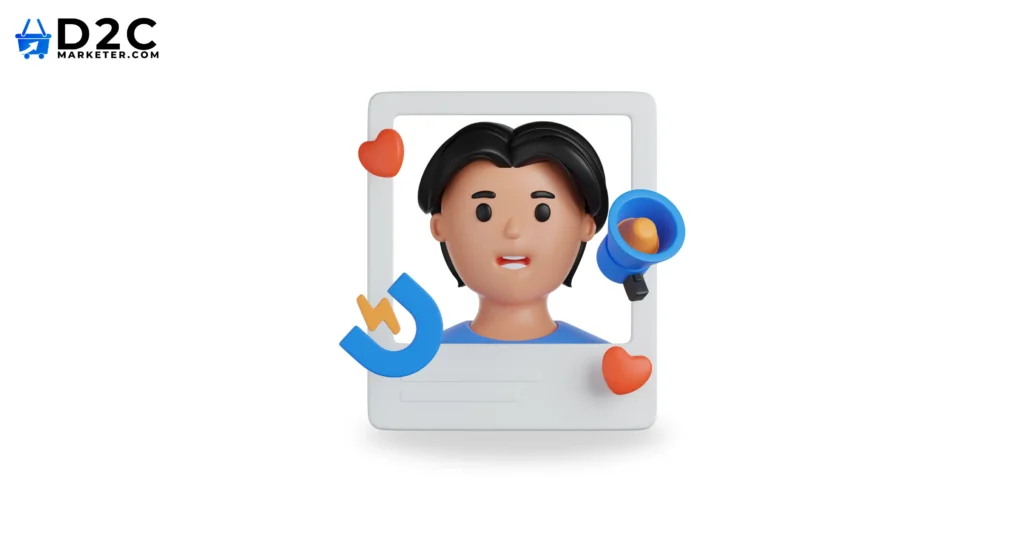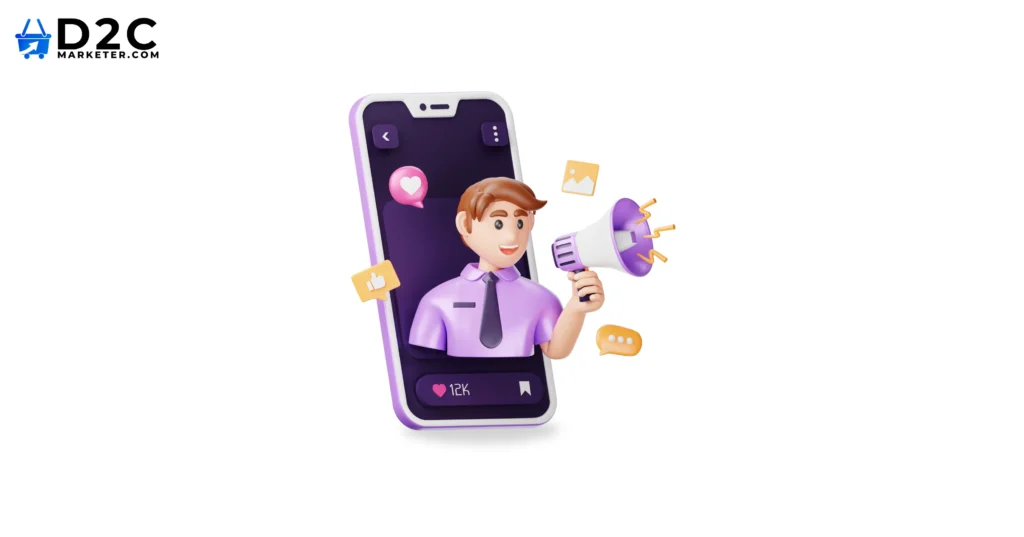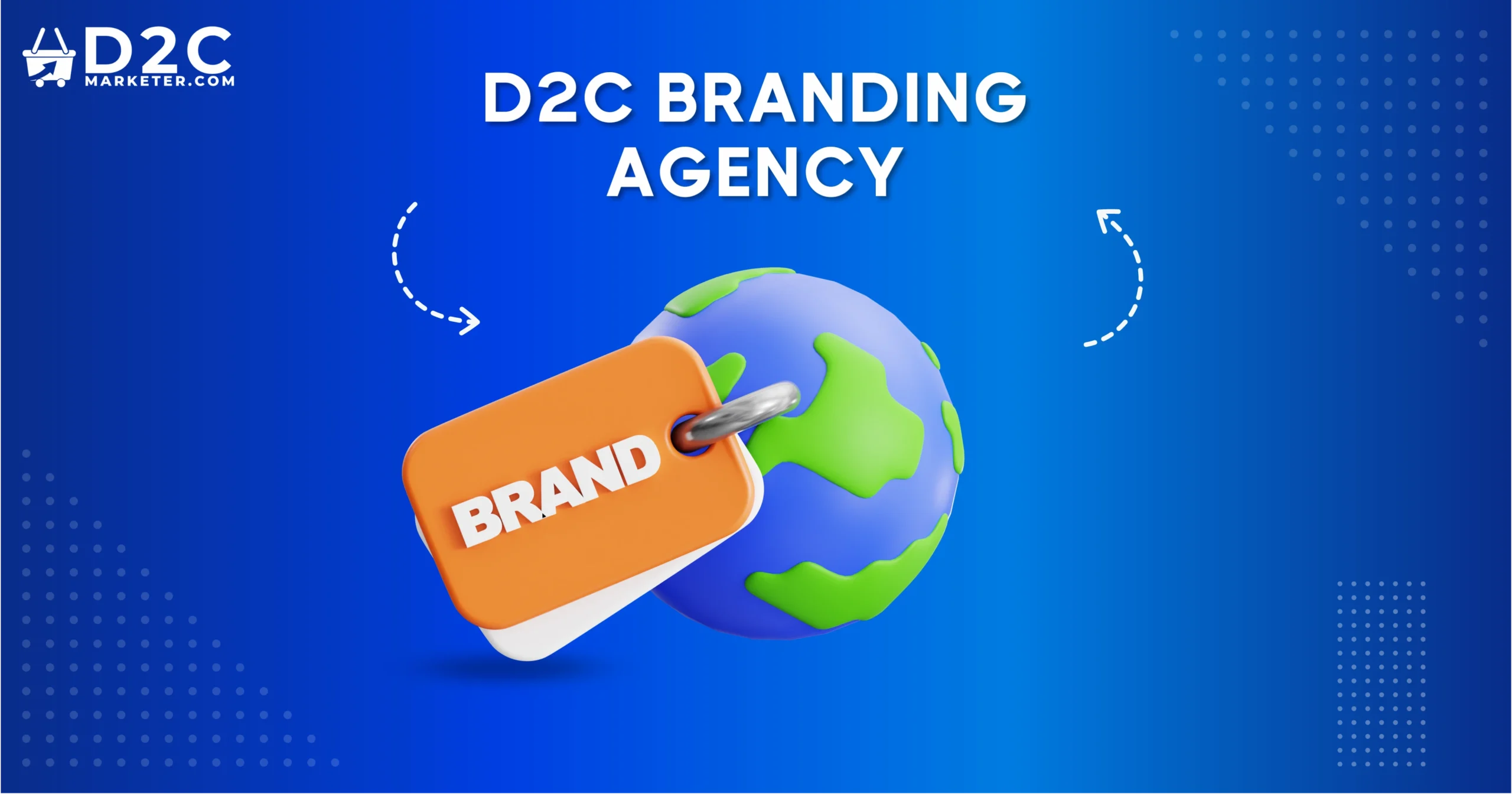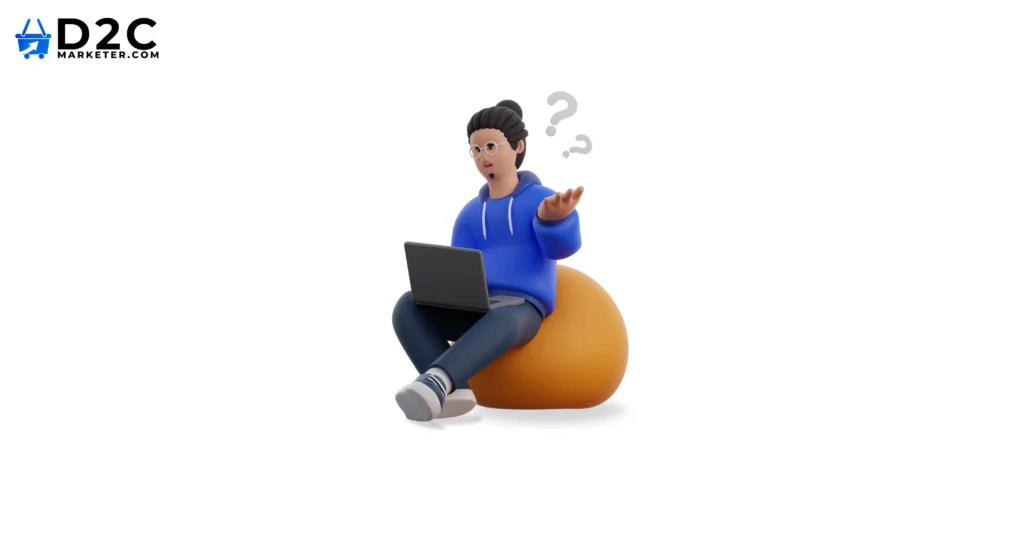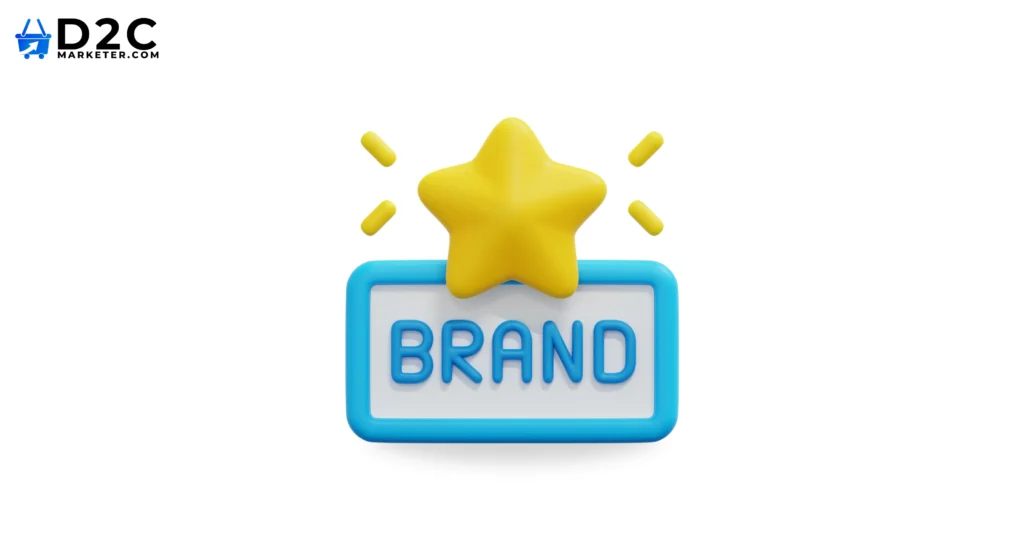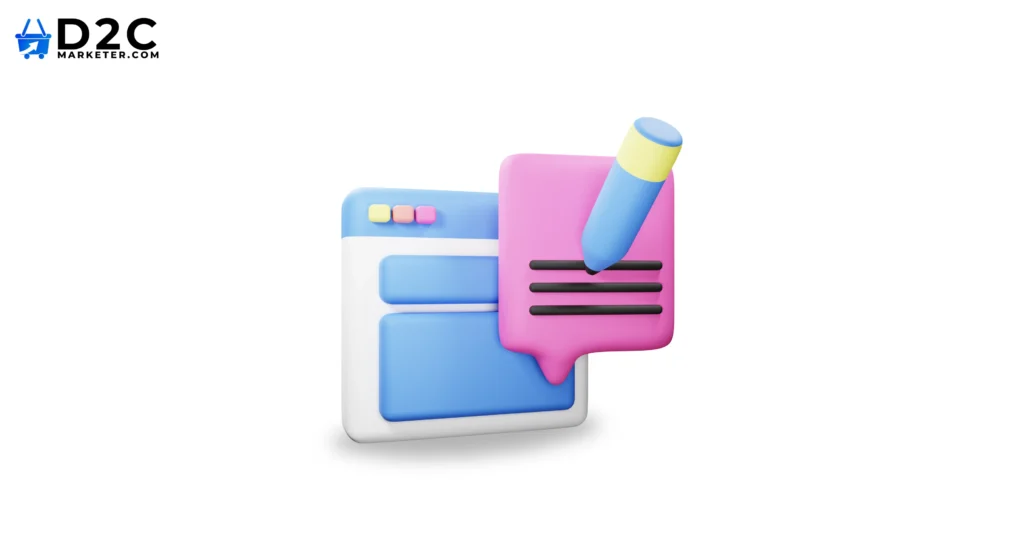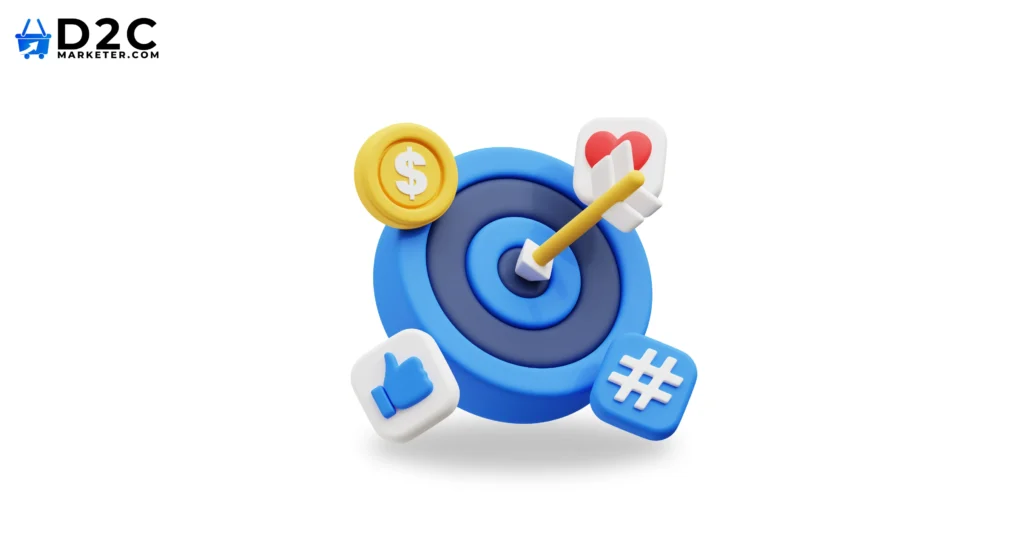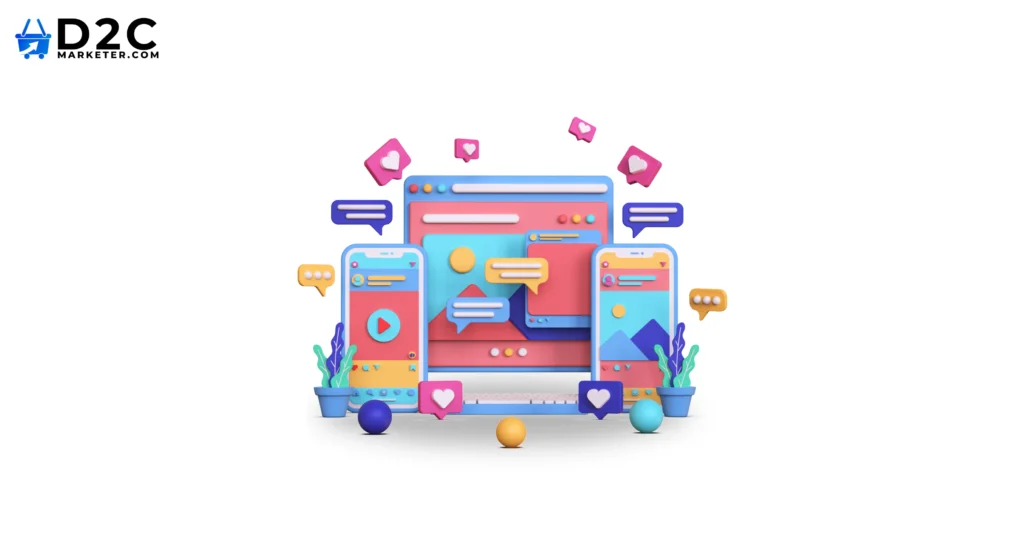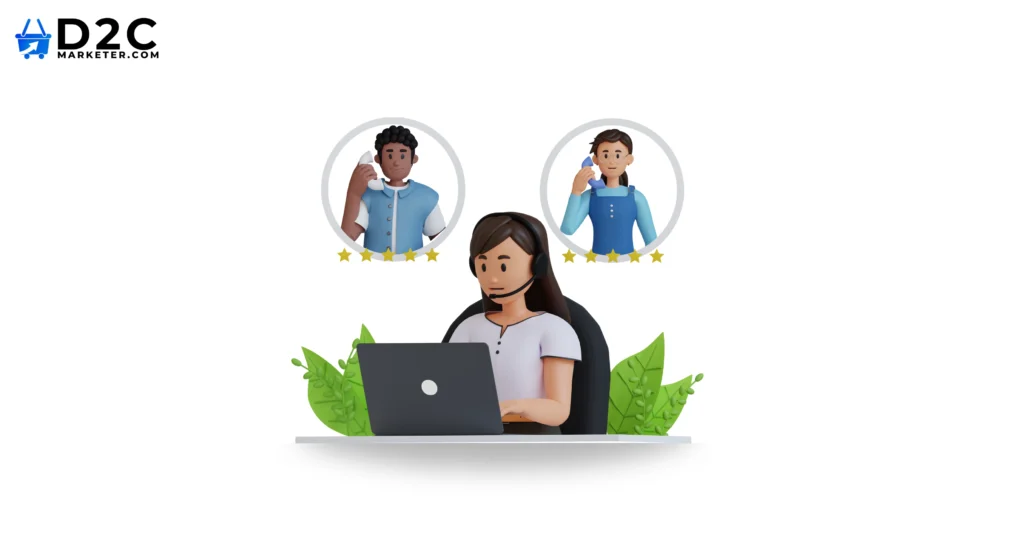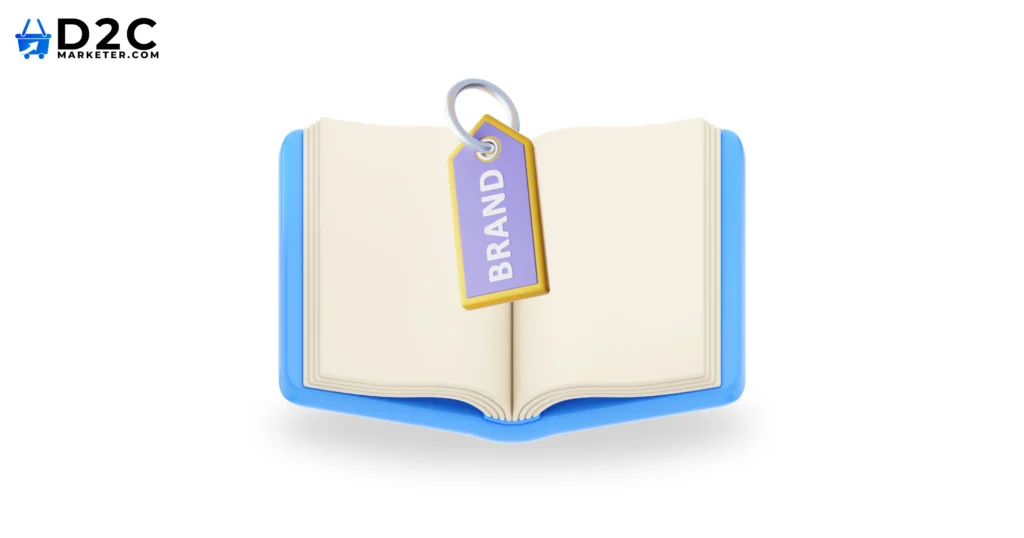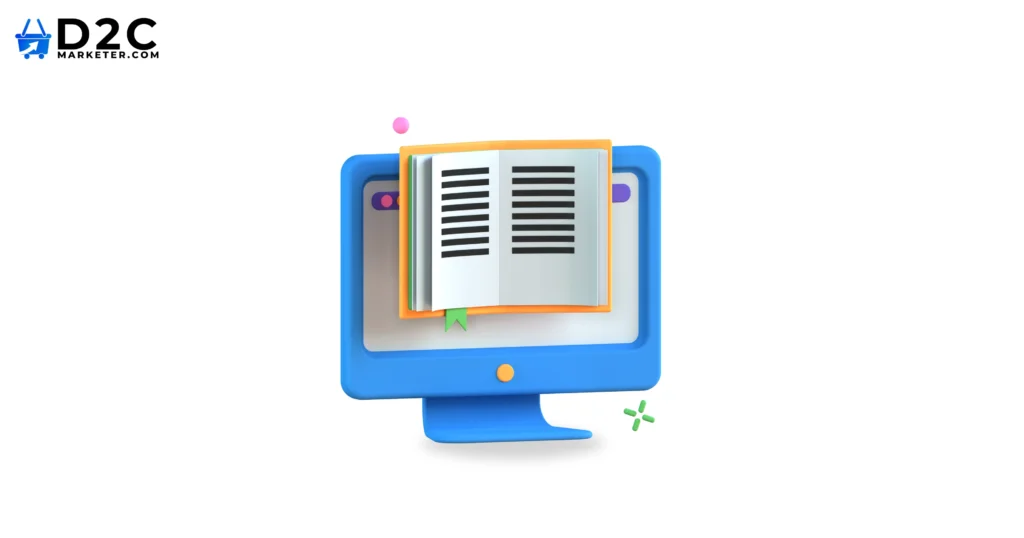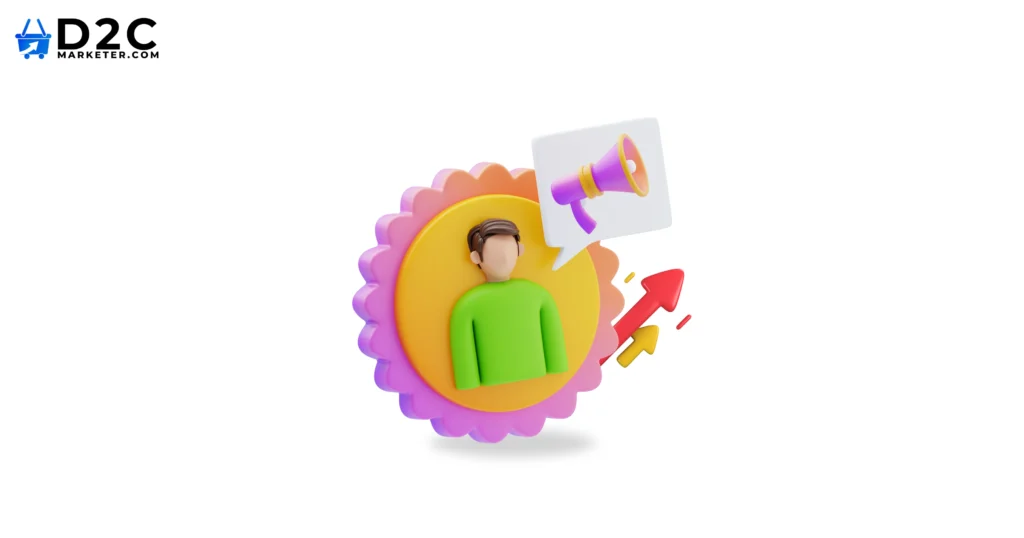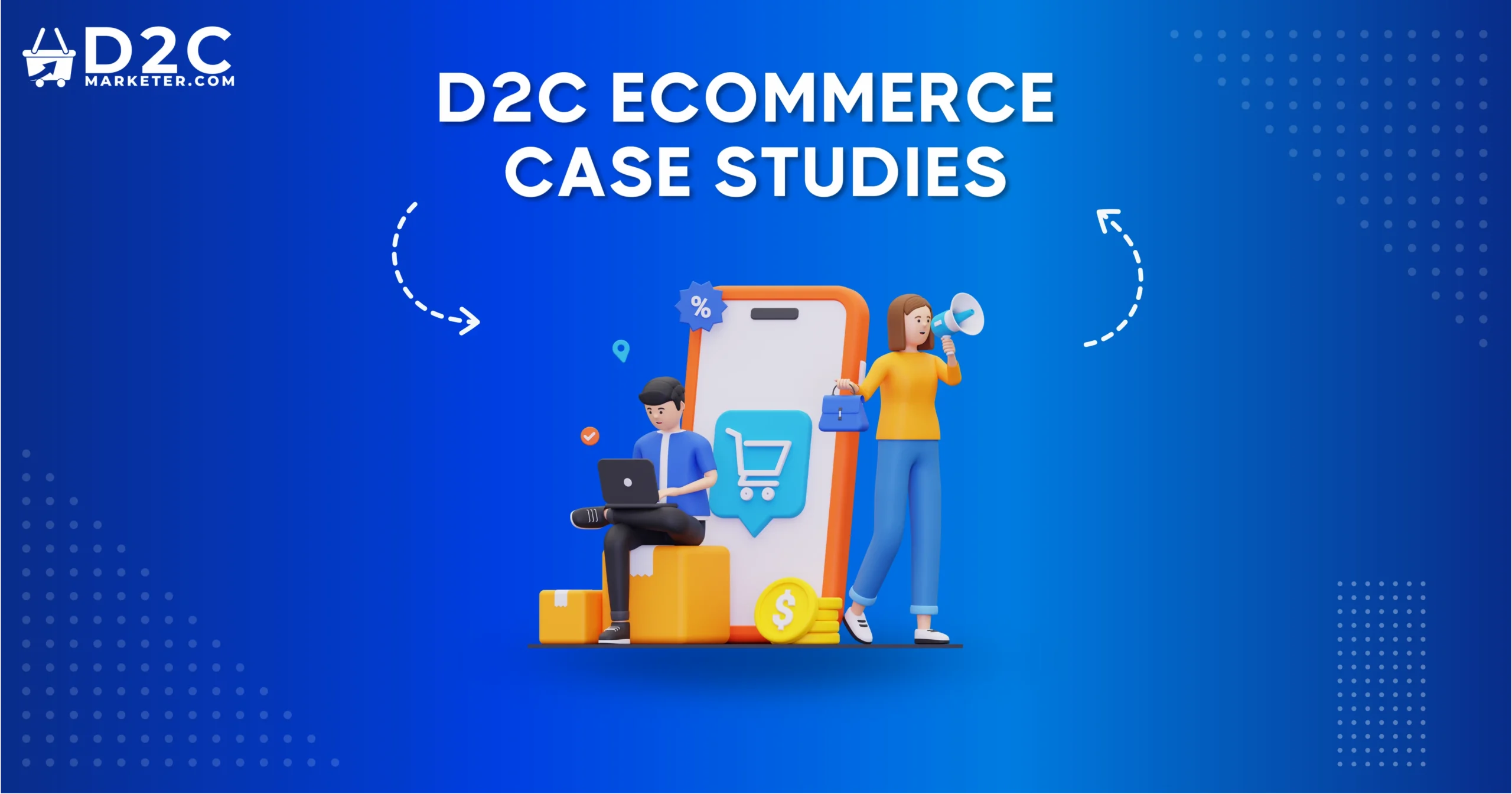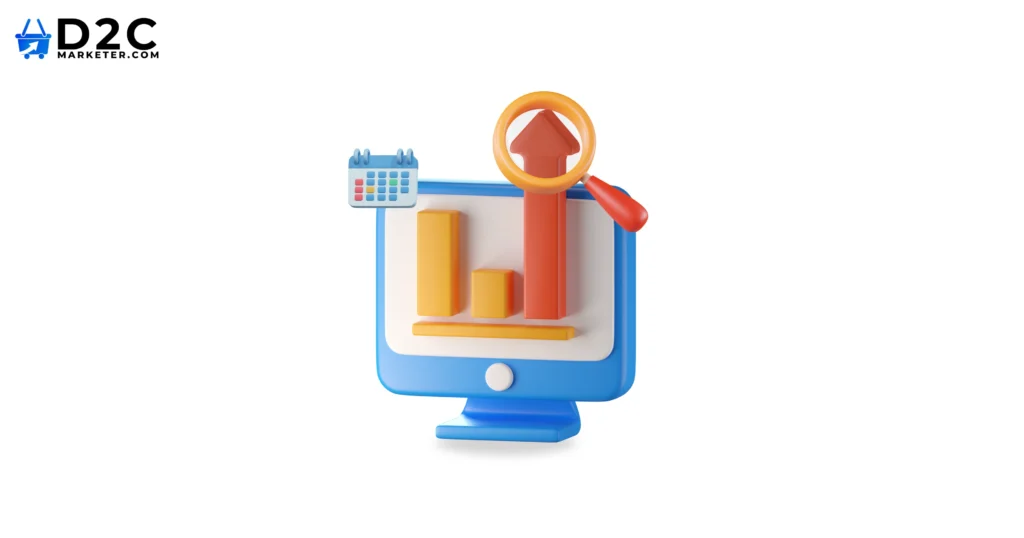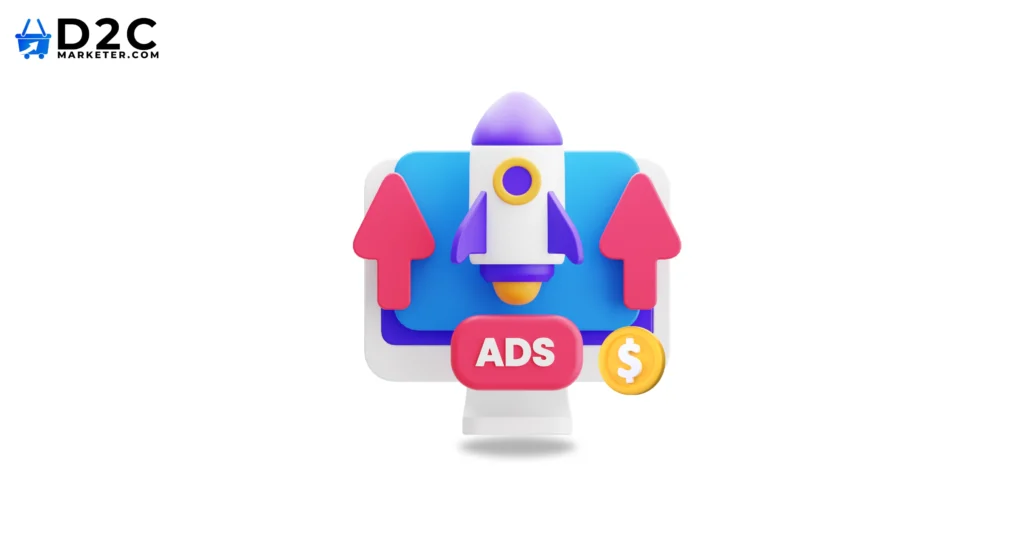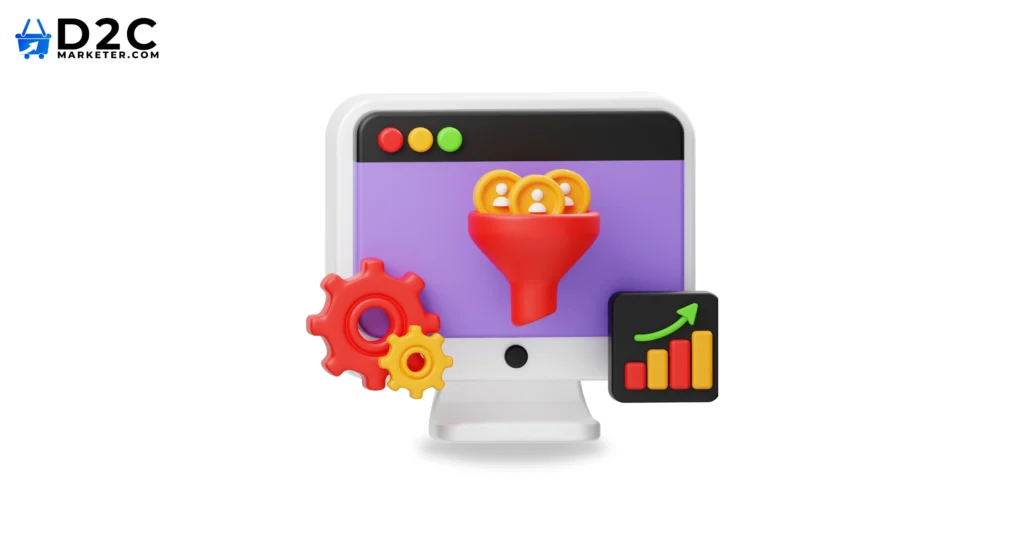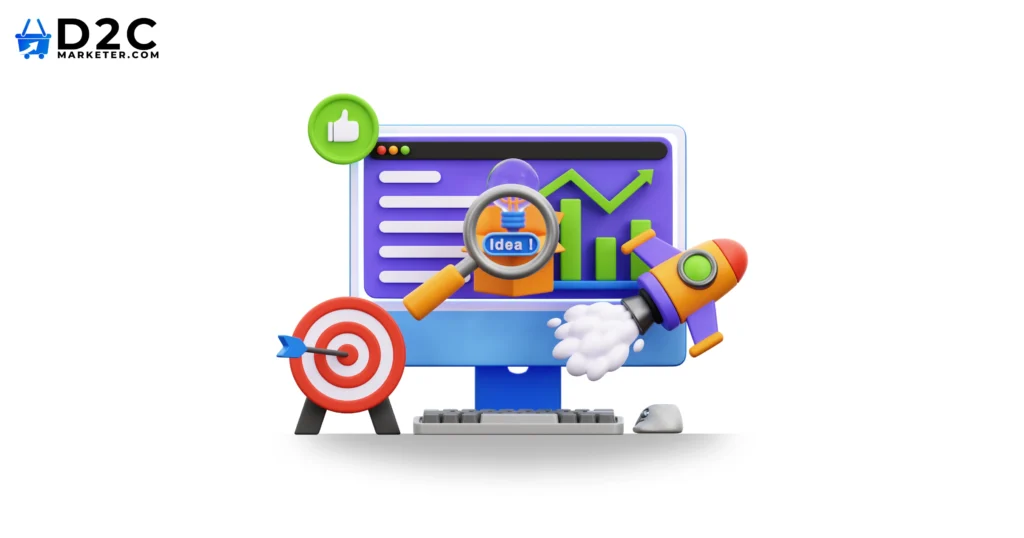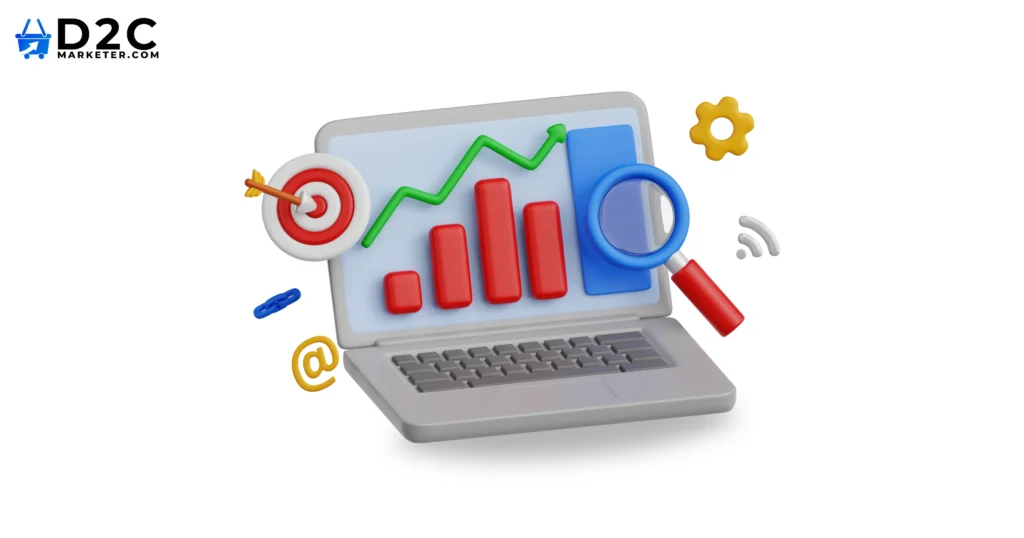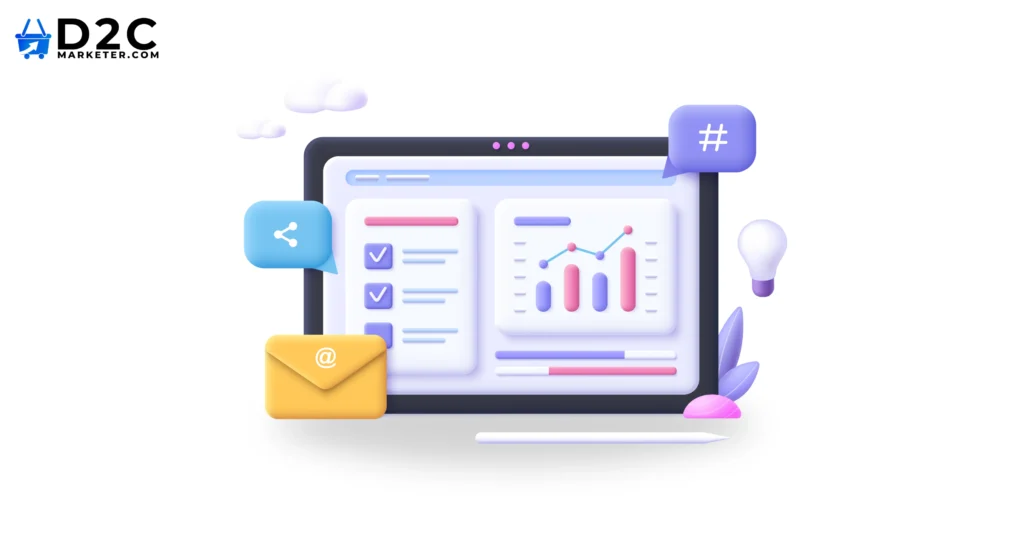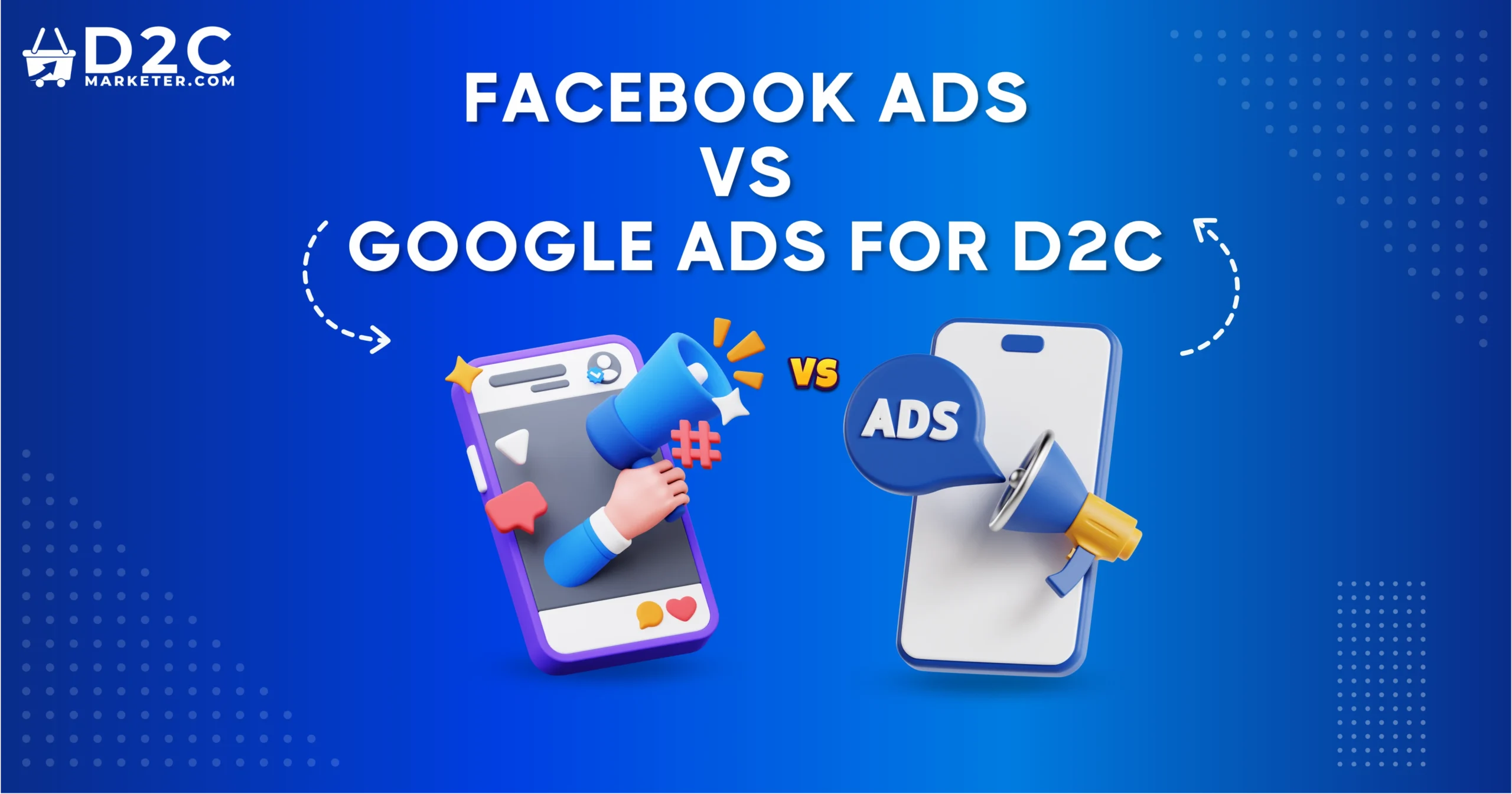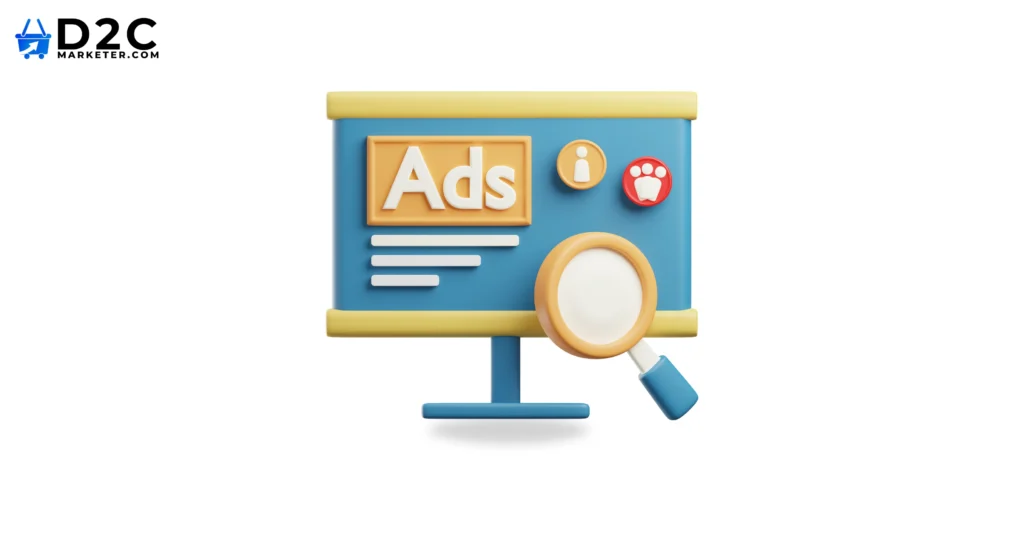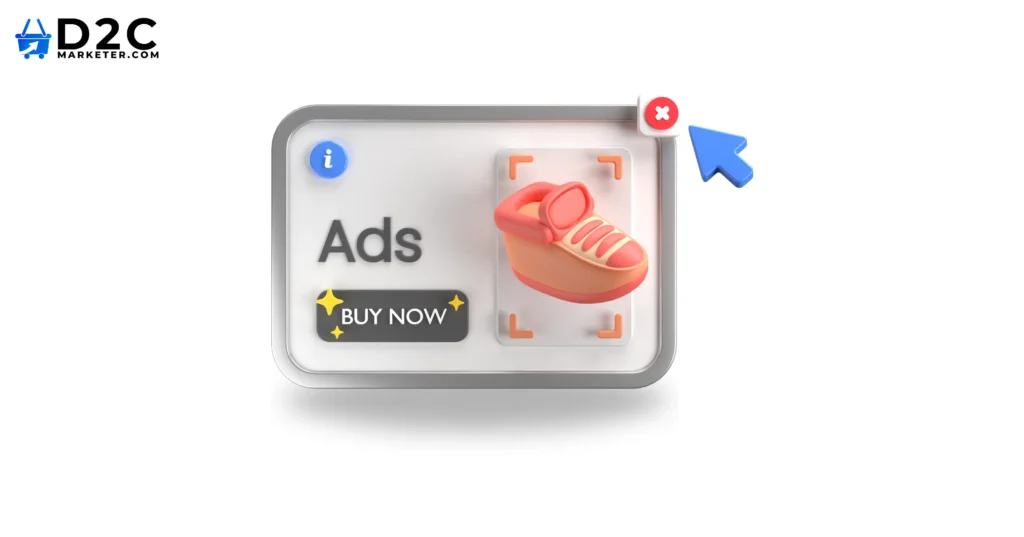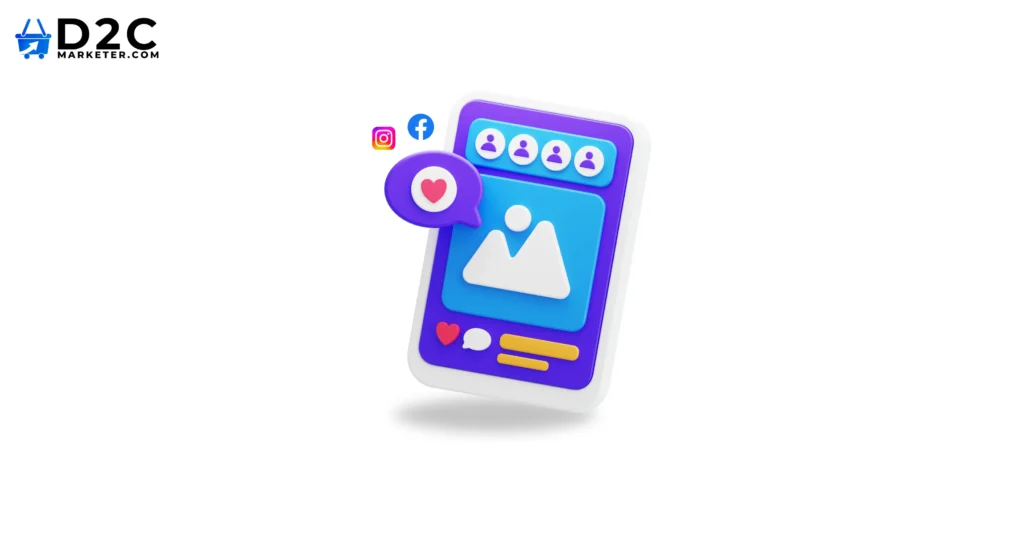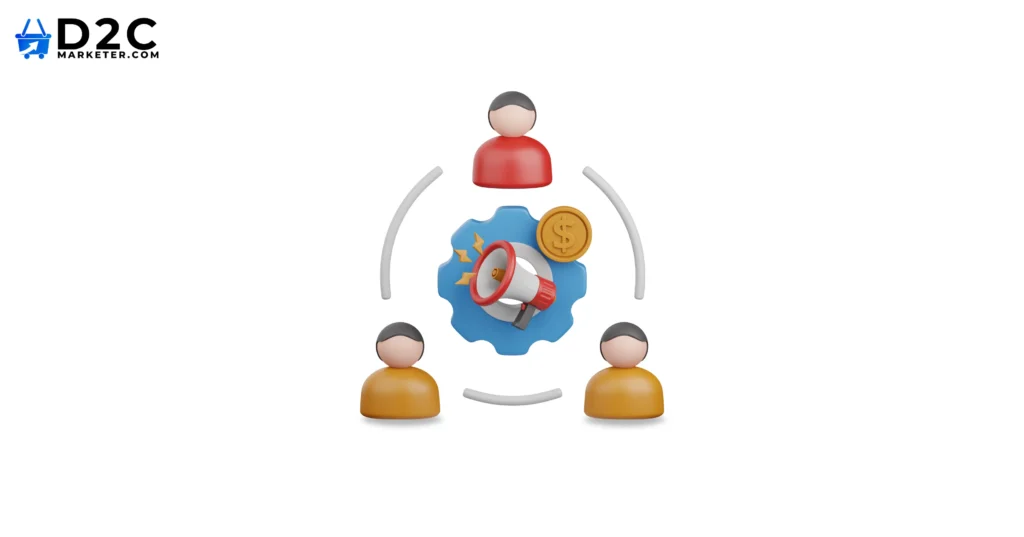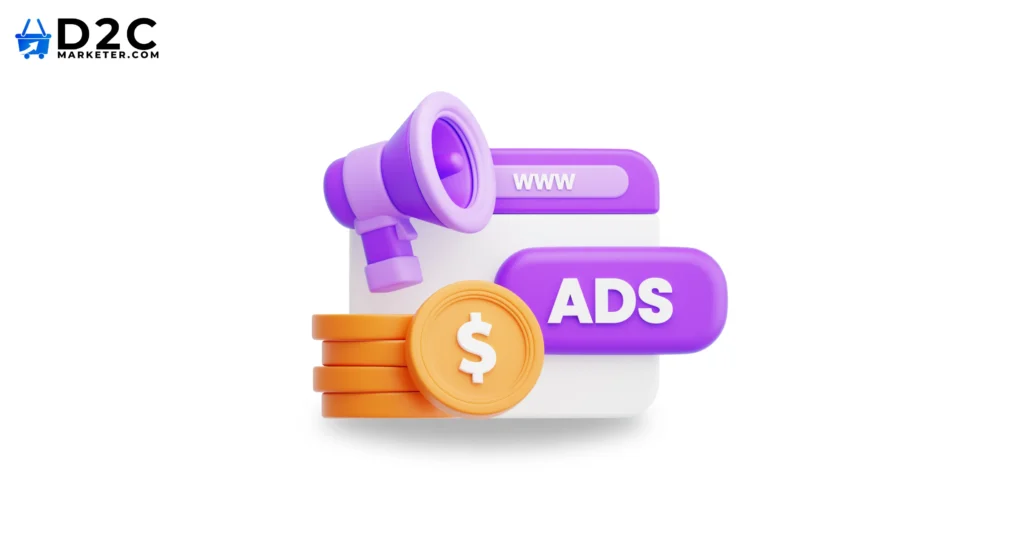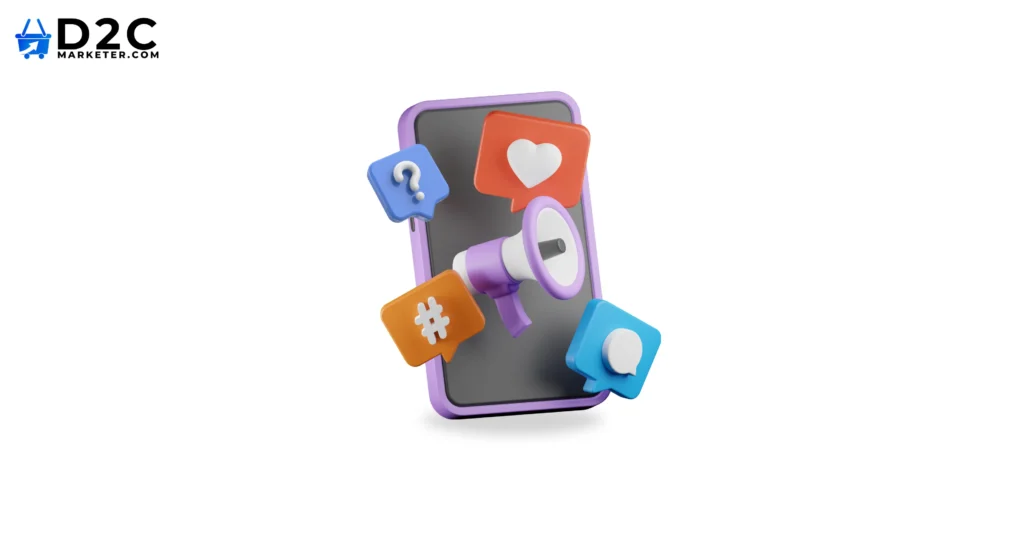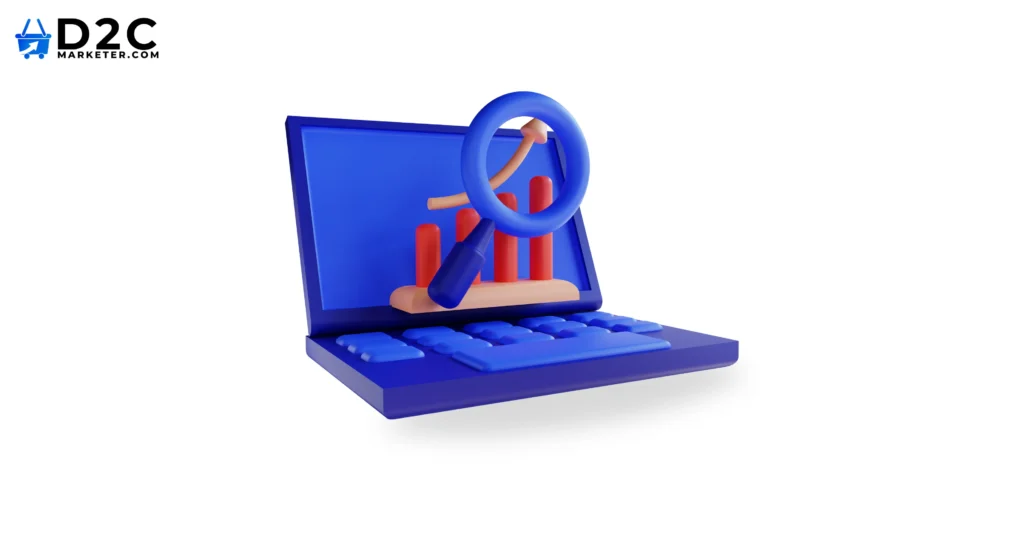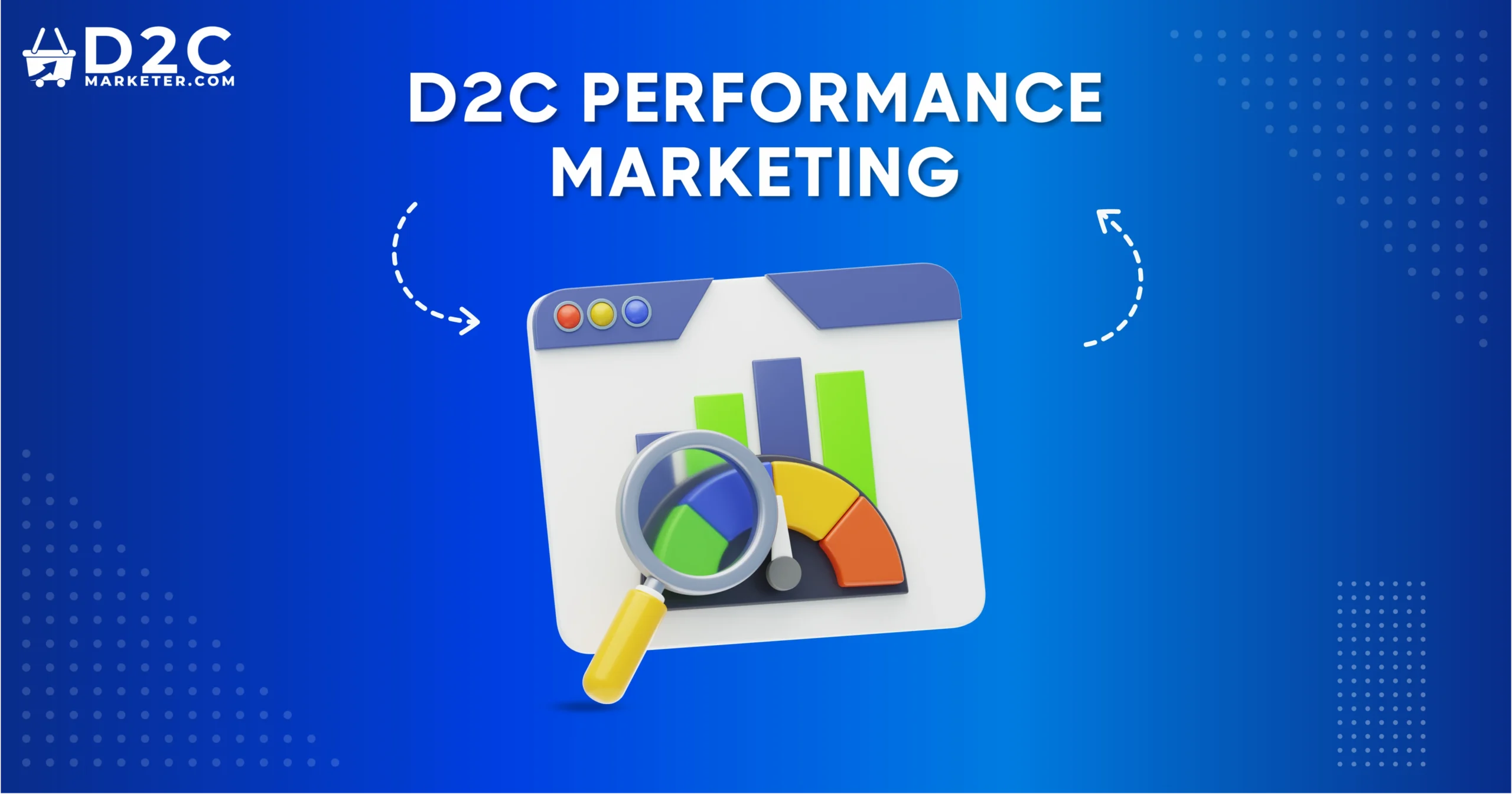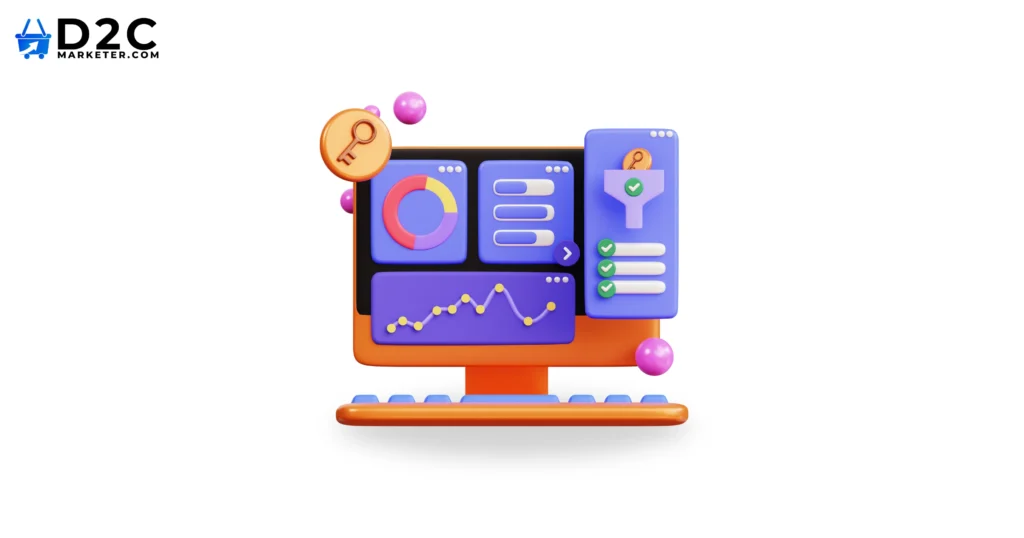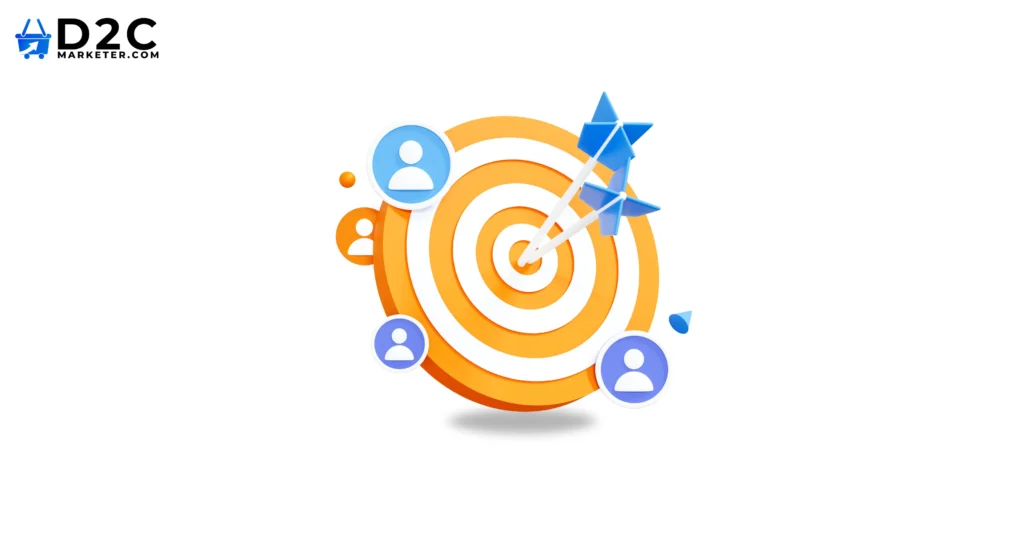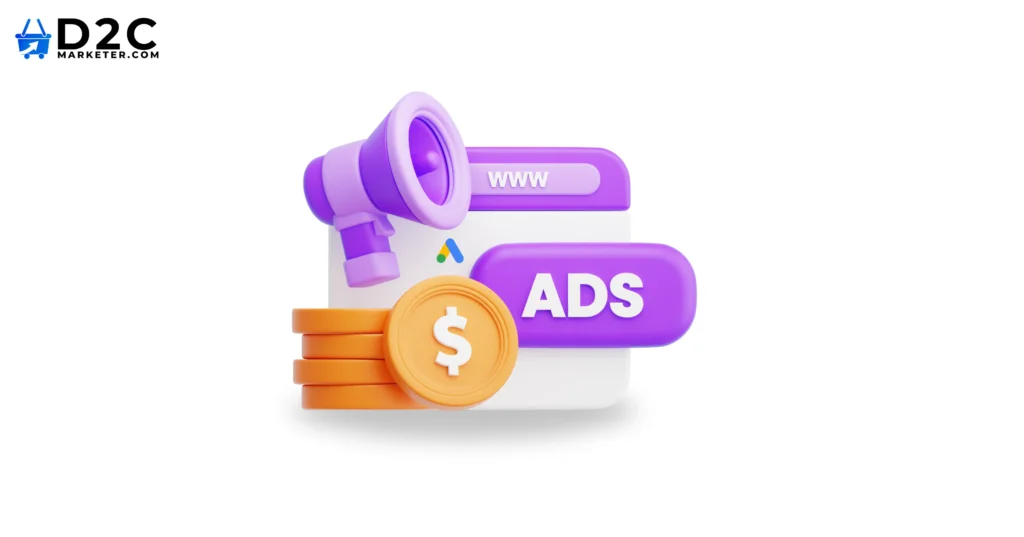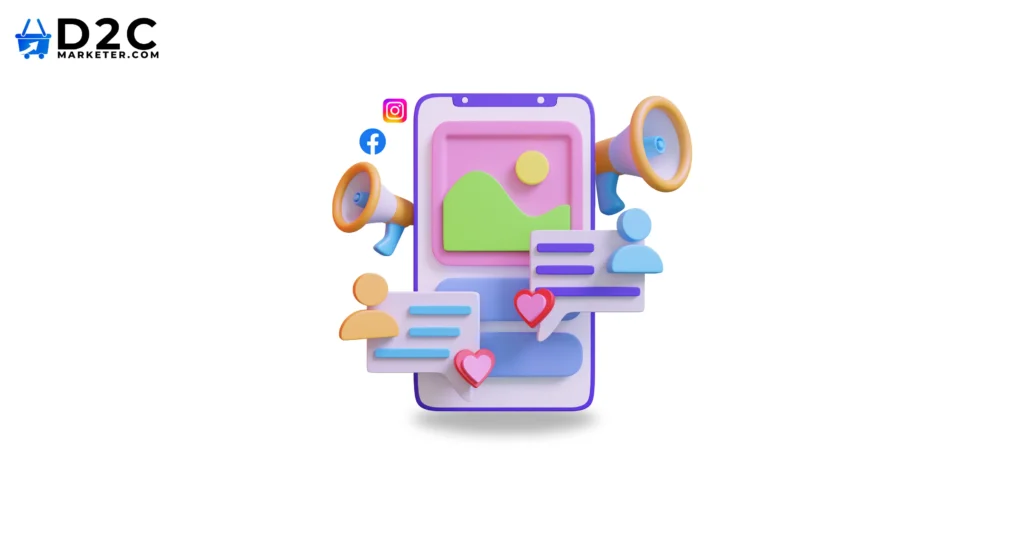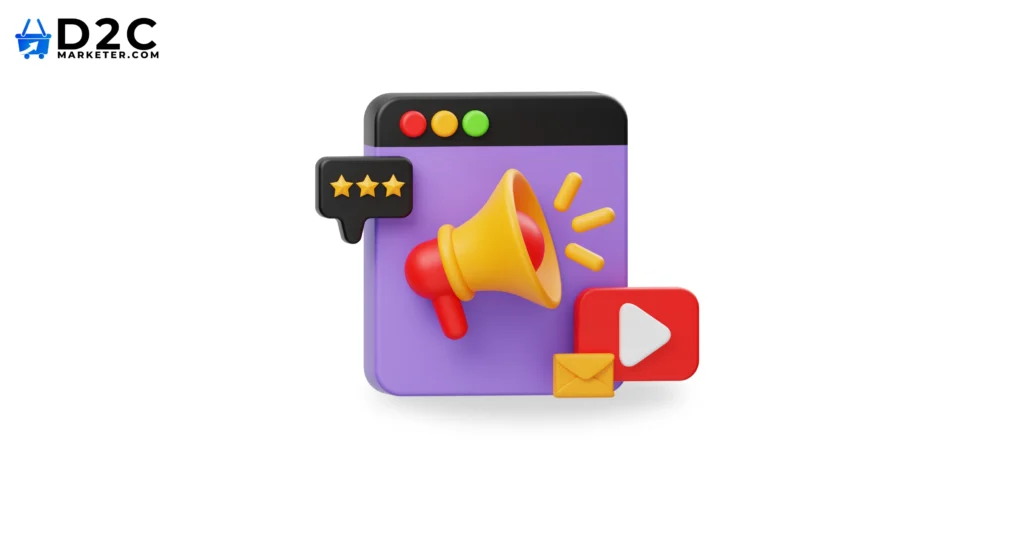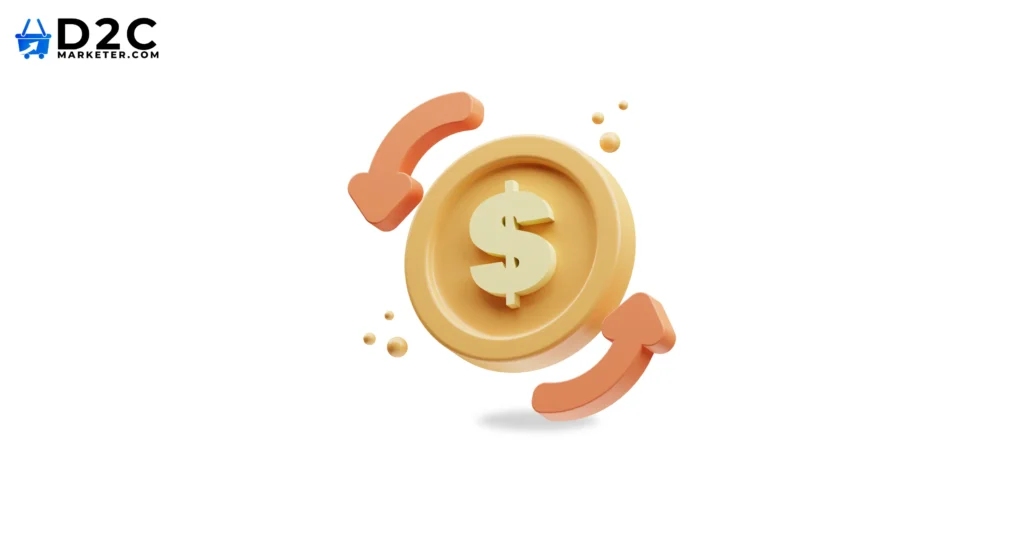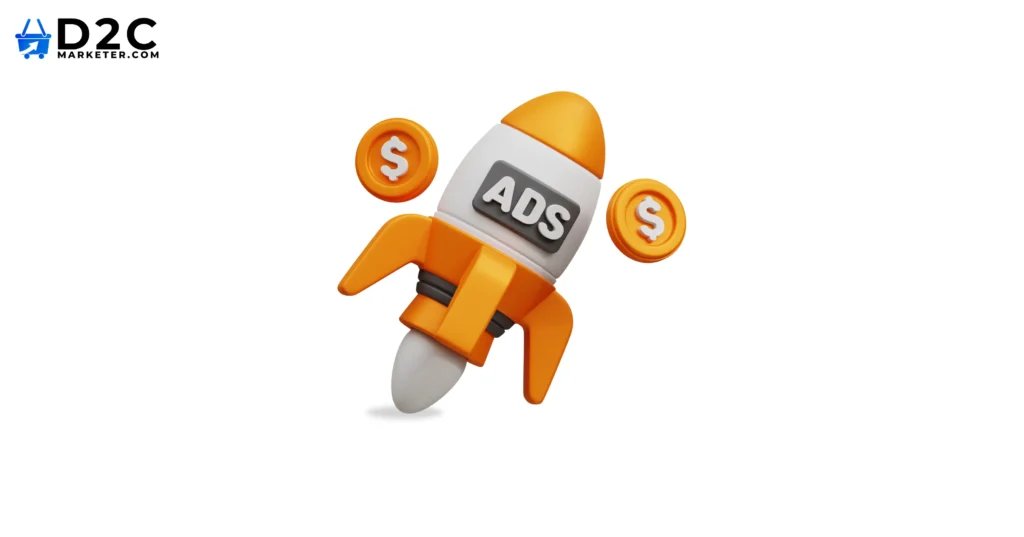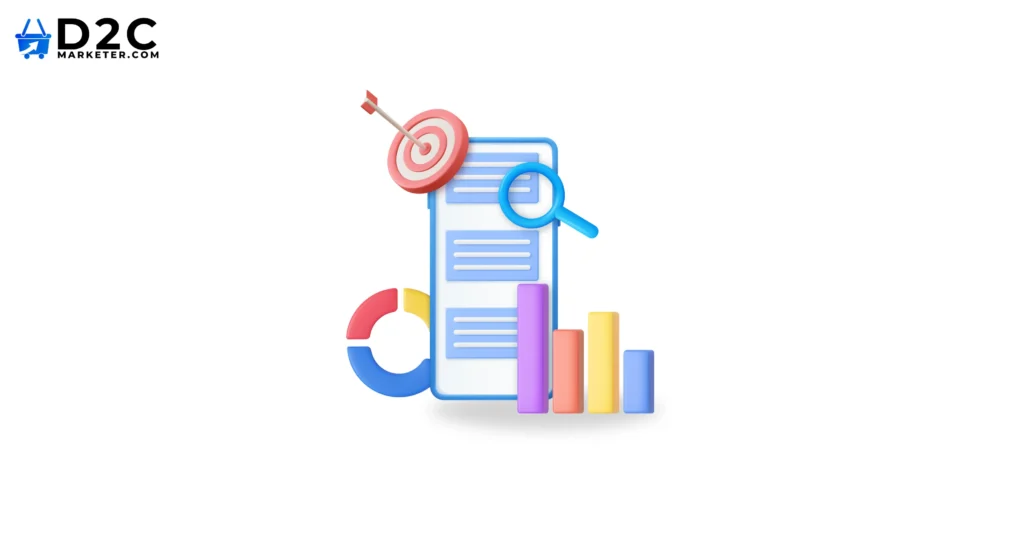For D2C brands, lead generation isn’t just a tactic; it’s the lifeblood of your business. Without a steady stream of high-quality leads, growth becomes a challenge, no matter how great your product is. It’s the secret ingredient that helps you build a loyal customer base, increase conversions, and drive long-term success. But with so many marketing channels and strategies out there, it can be overwhelming to know where to focus your efforts. That’s where we come in.
In this guide, we’ll share the proven d2c lead generation strategies that top D2C brands rely on. Whether you’re looking to optimize your marketing, harness the power of SEO, or explore new channels, you’ll find actionable insights that can make a real difference.
Ready to unlock the potential of your D2C brand? Let’s dive in!
Table of Contents
- Organic Lead Generation through Content Marketing
- Using Paid Ads to Drive Qualified Leads
- Best Practices for Effective Ads
- Tracking and Optimizing
- Lead Magnets and Email Marketing
- Building Partnerships for Lead Generation
- Comparison of Lead Generation Strategies
- Pros & Cons of Each Strategy
- Conclusion
- FAQs
Organic Lead Generation through Content Marketing
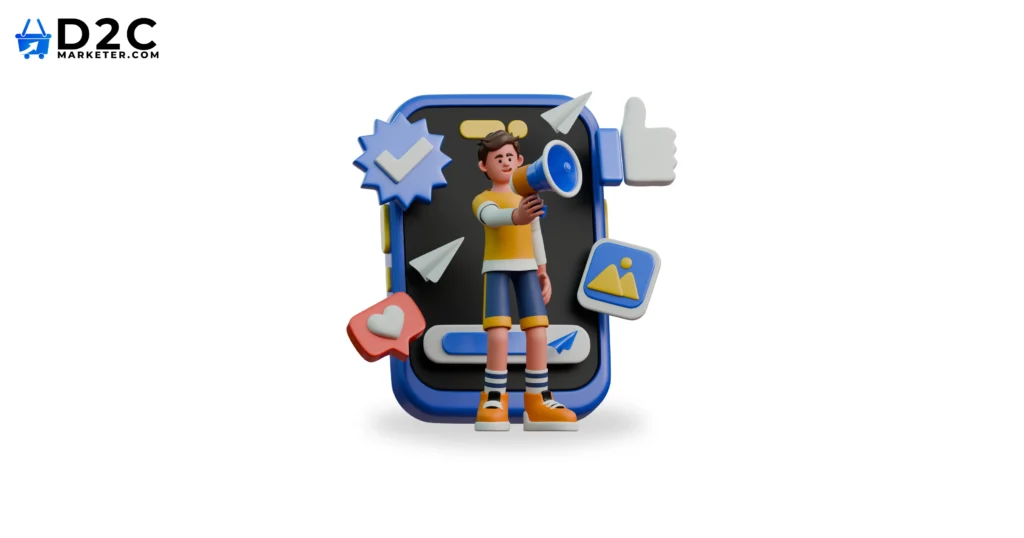
When you’re trying to organic generate leads for your D2C brand, one of the most powerful tools at your disposal is content marketing. Why? Because good content not only helps potential customers find you but also builds trust over time. Think of it like having a conversation with your audience, one that educates, entertains, and ultimately encourages them to take action.
The key is to create content that’s not just promotional, but genuinely helpful. Start by thinking about what your customers care about. What questions do they have about your product? What problems are they trying to solve? Once you have a clear picture of your audience’s needs, you can create blog posts, guides, and videos that answer those questions. These pieces of content should be optimized for SEO, making it easier for people to find you when they search online. Over time, as you rank higher for relevant keywords, your content will bring in organic traffic, and that’s where the magic happens.
For example, a well-crafted blog post that explains how to use your product or offers tips on solving a common issue your customers face can attract potential leads. You could also create detailed guides or FAQs that answer those burning questions your audience is searching for. And, of course, videos are a great addition to the mix. People love visual content because it’s quick to consume and often more engaging than text alone. A tutorial video or behind-the-scenes look at how your product works can help potential customers see the value in what you offer, building trust before they even make a purchase.
A great way to increase D2C conversions with content is by including strong calls to action (CTAs) at the end of your posts or videos. Encourage visitors to download a free resource, join your email list, or even take advantage of a special offer. These small steps can gradually move people further down the sales funnel, from just browsing to becoming loyal customers.
Organic content marketing works while you sleep. By focusing on creating helpful, SEO-optimized content, you’re not just attracting leads in the short term, you’re building long-term relationships with your audience that will keep paying off in the future.
Using Paid Ads to Drive Qualified Leads
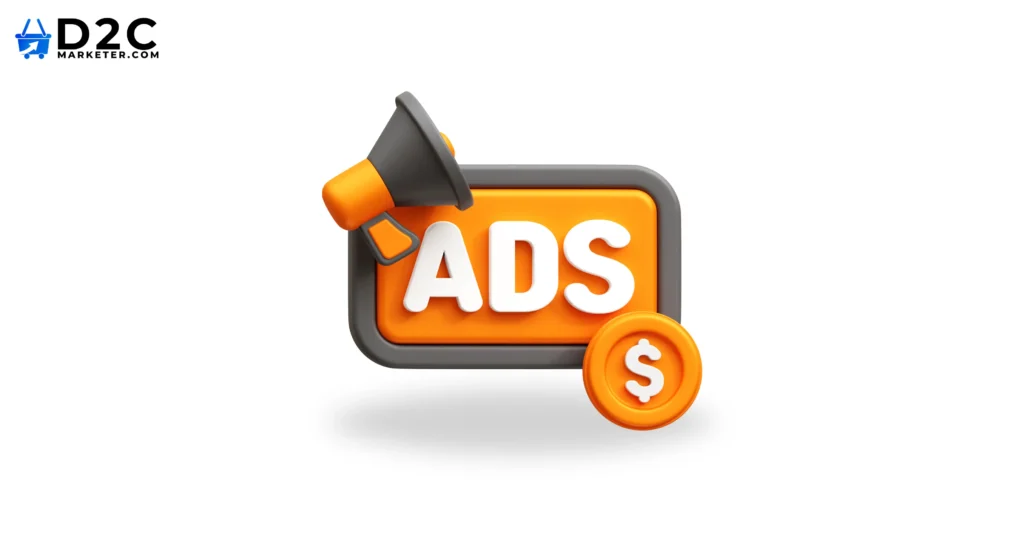
While organic content marketing is essential, paid ads, specifically Google Ads and Meta (Facebook) Ads, can provide a major boost in capturing high-quality leads for your D2C brand. The beauty of paid ads is that they let you target exactly the kind of audience you want, whether you’re looking to drive immediate traffic or reach customers who are already searching for solutions like yours. Here’s how you can leverage these platforms to supercharge your D2C lead generation.
Getting Started with Google Ads and Meta Ads
Google Ads allows you to reach people actively searching for products like yours. The key here is choosing the right keywords and setting up your campaigns to target users who are already in the consideration phase. This means they’re more likely to convert, making your ad spend more effective. A good starting point is using a mix of broad and long-tail keywords related to your products. As your campaign matures, you can refine your targeting based on the performance data you gather.
On the other hand, Meta Ads (Facebook and Instagram) let you target based on interests, behaviors, and demographics. This is especially useful if you want to reach a broader audience who might not be actively searching for your product but is a likely fit for your brand. Creating custom audiences using data from your website or email list can also help you retarget people who have shown interest but haven’t converted yet.
Best Practices for Effective Ads
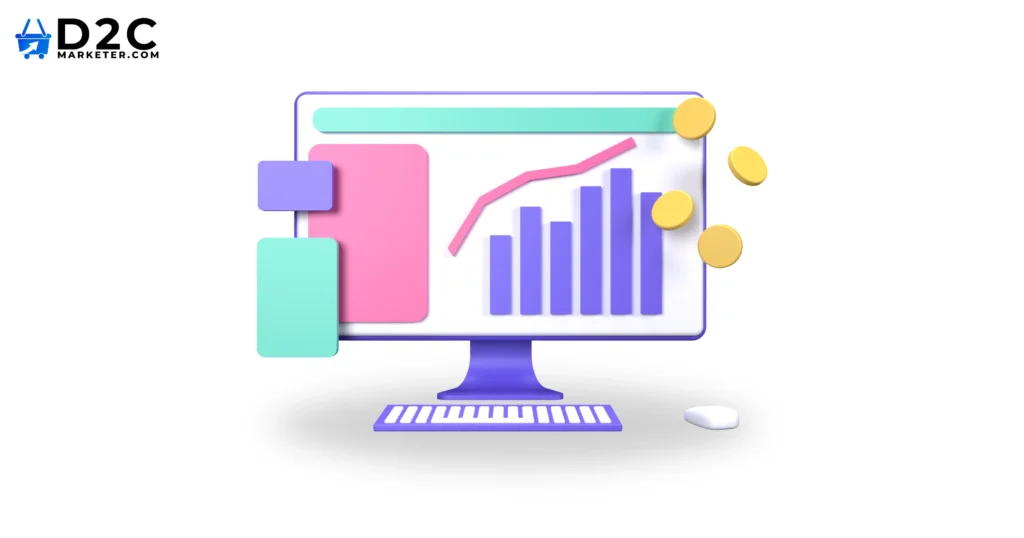
Now that you know where to advertise, let’s talk strategy. The key to capturing high-quality leads is making sure your targeting is on point. Here are a few best practices to follow:
- Refine Your Audience: For both Google Ads and Meta Ads, make sure you’re targeting the right people at the right time. Google Ads works best when you target specific, high-intent search queries. Meta Ads, however, shine when you use custom audiences and lookalike audiences to find people who resemble your existing customers.
- Optimize Your Bidding Strategy: Both Google and Meta offer various bidding strategies, but it’s important to focus on cost-per-lead (CPL) to ensure your budget is spent wisely. With Google Ads, opt for Target CPA (cost per acquisition) or maximize conversions. For Meta Ads, use the “Lead Generation” objective to capture leads directly on the platform.
- Streamline Lead Capture: Ensure your lead capture forms are as simple and frictionless as possible. Whether it’s a form on your website or directly on the social platform, ask only for essential information, like name and email. The fewer fields, the higher the conversion rate.
- Compelling Ad Copy & Visuals: For both platforms, your ad creative should speak directly to your audience’s pain points or desires. Highlight the benefits of your product and include a clear, compelling call to action (CTA) that encourages people to take the next step.
Tracking and Optimizing
To truly succeed with paid ads, it’s crucial to track performance and continuously optimize. Keep a close eye on key metrics like click-through rates (CTR), cost per lead (CPL), and conversion rates. As a D2C brand, your goal is not just to get clicks, but to capture leads that convert. Adjust your targeting, creative, and bidding strategy based on the data you receive to ensure you’re maximizing ROI.
Paid ads on Google and Meta can be a powerful way to increase D2C conversions and drive qualified leads. With precise targeting, effective bidding, and seamless lead capture forms, these paid channels can help you scale your D2C lead generation efforts quickly. Working with a performance marketing agency for D2C can help streamline this process, ensuring that your ad campaigns are optimized for maximum impact.
Lead Magnets and Email Marketing
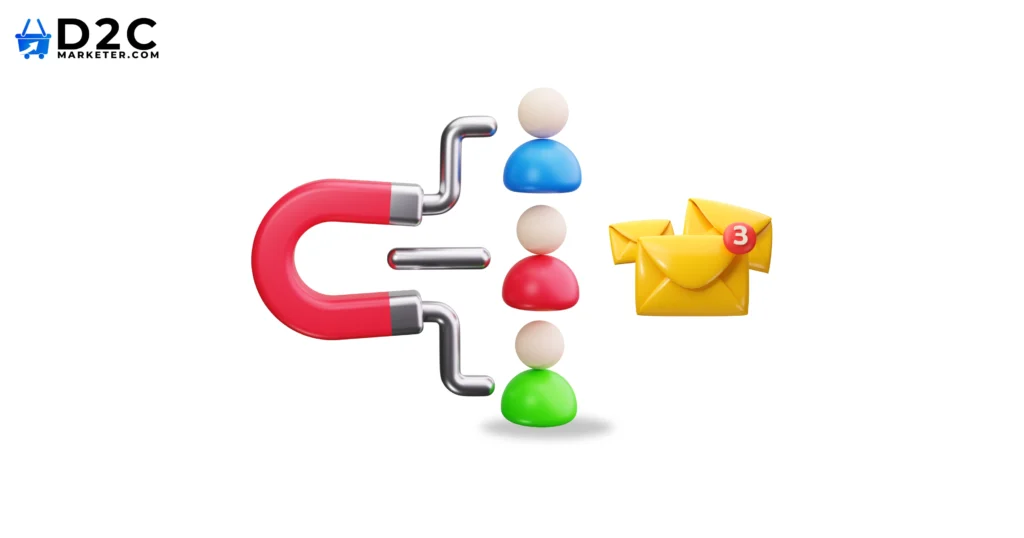
When it comes to growing your D2C brand, capturing email addresses is one of the best ways to stay connected with potential customers. And one of the easiest ways to get people to share their emails with you? Lead magnets. These are irresistible offers, think free ebooks, helpful checklists, or exclusive discounts, that make visitors feel like they’re getting something of value in exchange for their contact info. Once you have their emails, you can start nurturing those leads and guiding them toward a purchase.
Creating Lead Magnets That Actually Work
A lead magnet should feel like a no-brainer for your target audience. To figure out what would grab their attention, think about what problems your product solves. For example, if you sell home fitness equipment, offering a free workout plan or a fitness tips guide can entice someone to give you their email. Or, if you’re launching a new product, offering a discount on their first purchase is a great way to sweeten the deal.
Make sure the offer feels valuable and relevant to your customers. The more useful and aligned with their needs, the more likely they’ll be to sign up. And don’t forget to make it clear that your lead magnet is a limited-time offer, it’ll encourage people to act quickly!
Nurturing Leads with Email Automation
Once someone has given you their email, it’s time to build a relationship with them, and email marketing automation makes this easy. Instead of manually sending follow-up messages, you can set up an email sequence that delivers personalized content at the right time.
For instance, once someone downloads your ebook or grabs that discount, send them a welcome email with their freebie and a friendly thank you. Then, over the next few days or weeks, send a few more helpful emails, maybe product tips, customer success stories, or an exclusive offer to nudge them closer to a purchase. The goal is to stay on their radar without being pushy, offering value at every step.
Email automation lets you do all this while saving time. Tools like Mailchimp or Klaviyo can set up automated emails based on how a customer interacts with your emails, meaning you’re sending the right message to the right person at the right time.
Turning Leads into Loyal Customers
When done right, email marketing is a goldmine for increasing D2C conversions. By nurturing leads with helpful content and exclusive offers, you can turn casual browsers into loyal customers who keep coming back. Plus, email marketing typically has one of the highest returns on investment of any marketing channel, so it’s a strategy worth investing in.
Lead magnets and email marketing are a dynamic duo for building an engaged email list. Offer something of real value, use automation to nurture those leads, and watch how it transforms into loyal customers.
Building Partnerships for Lead Generation
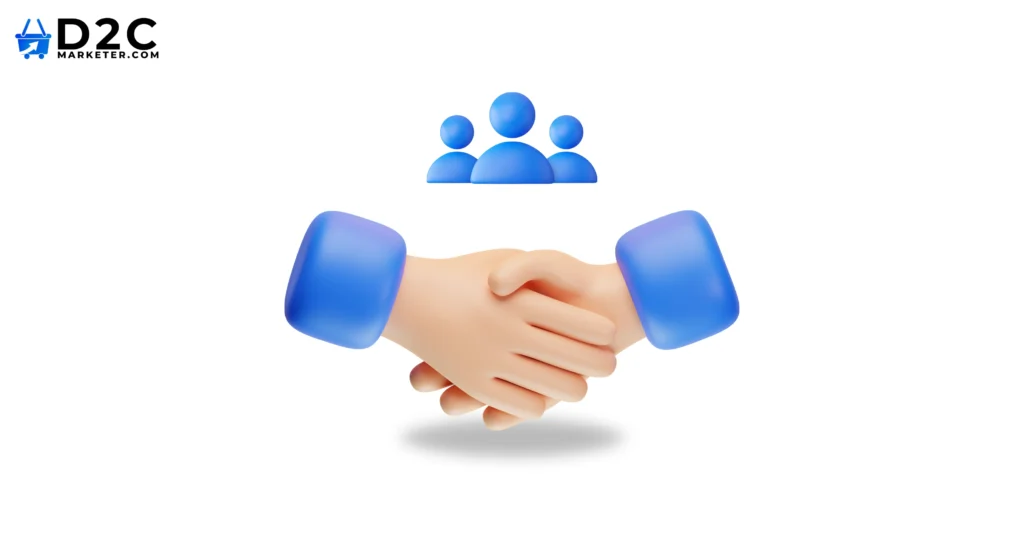
In today’s competitive Direct-to-Consumer (D2C) landscape, it’s not enough to just rely on your own marketing efforts. To stand out and drive meaningful growth, collaboration is key. Partnering with like-minded brands, influencers, and even your customers can give your d2c lead generation efforts a serious boost, and help you tap into new audiences that might otherwise be out of reach.
1. Team Up with Complementary Brands
The best partnerships happen when brands share similar values, but offer different products or services. Look for brands that complement yours, think of those that serve the same target audience but don’t directly compete with you. These partnerships give you a chance to cross-promote to an audience that’s already interested in what you do.
Let’s say you’re a D2C skincare brand that focuses on natural ingredients. Partnering with a sustainable lifestyle brand or a wellness company could be a perfect match. You could offer joint discounts, bundle products together, or even host a giveaway that promotes both brands simultaneously. The key is to find a partner that adds value to your audience in a way that feels natural, and vice versa.
Example:
Imagine a wellness brand that sells yoga mats and a skincare company offering eco-friendly face creams. A joint promotion like “Get Your Glow On” could combine yoga and skincare routines, offering a discount on both brands’ products. Promoting this across both brands’ email lists and social channels would expose each brand to the other’s customer base, and help you drive qualified leads.
2. Influencers: Your Partners in Authenticity
Influencers are powerful storytellers with the ability to connect with their audience on a personal level. Partnering with influencers who align with your brand can help you generate more leads, increase brand awareness, and, ultimately, boost conversions. Influencers provide a level of trust that traditional ads can’t always replicate.
For D2C brands, influencer partnerships are all about authenticity. Rather than just asking them to post a photo of your product, think about how you can create real, engaging content that speaks to their audience. It could be an in-depth review, a behind-the-scenes look, or even a tutorial showing how your product fits into their daily routine. The more natural and helpful the content, the better.
Example:
A D2C brand that specializes in premium workout gear might partner with a fitness influencer on Instagram who shares their personal training tips. The influencer could showcase your gear in their posts and stories, giving followers a special promo code to try it themselves. This strategy helps generate leads from a highly engaged audience and encourages followers to make a purchase.
3. Joint Promotions and Co-Branded Content: A Double Win
There’s something special about collaborations that offer a joint promotion. When you team up with another brand to offer a special deal, it creates a sense of urgency and excitement for customers. By sharing the promotion across your combined marketing channels, you both get exposure to a broader audience, and everyone wins.
Co-branded content is another powerful tool. This could be a blog post, a video, or even a downloadable guide that features both brands’ products or services in a meaningful way. The idea is to provide something of value while also showcasing the strengths of both brands. Plus, this type of content is highly shareable and can increase traffic to both websites.
Example:
Imagine a D2C home decor brand collaborating with a local furniture company. Together, they create a stylish “Home Makeover” guide that features both brands’ products. This content is shared across social media, blog posts, and email newsletters. Not only does it drive leads, but it also positions both brands as experts in their respective niches.
4. Referral Programs: Let Your Customers Do the Work
Referral programs are an incredibly effective way to generate leads, and they work even better when paired with partnerships. By encouraging your existing customers and influencers to refer their friends, you can increase your customer base organically. The key is to make it easy and rewarding for people to share your brand with others.
Example:
Consider offering your existing customers a discount on their next purchase for every friend they refer who makes a purchase. Alternatively, you could partner with an influencer and offer their followers a referral code for a special discount on their first purchase. This way, your current customers and influencers act as ambassadors, helping you bring in new leads with minimal effort on your part.
Comparison of Lead Generation Strategies
| Strategy | Cost | Lead Quality | Time to Results | Example |
| Content Marketing | Low | High | Long-term | Blog posts, videos |
| Google & Meta Ads | Medium-High | High | Short-term | Paid campaigns |
| Lead Magnets & Email Marketing | Low-Medium | High | Medium | Ebooks, email series |
| Partnerships & Referrals | High | Medium | Joint Promotions |
Pros & Cons of Each Strategy
| Strategies | Pros | Cons |
| Paid Ads | Quick lead generation, scalable | High cost, requires ongoing optimization |
| Content Marketing | Builds trust, long-lasting traffic | Slower results, Time-intensive |
| Partnerships & Referrals | Cost-effective, high-quality leads | Finding the right partner can be challenging |
| Lead Magnets & Email Marketing | Direct contact with leads, high conversion rates | Requires strong offer and follow-up |
Conclusion
Generating high-quality leads is at the core of a successful D2C marketing strategy. Whether you’re leveraging organic content marketing, paid ads, lead magnets, or strategic partnerships, the key is to focus on building relationships and providing real value to your audience. By integrating these proven d2c lead generation strategies, you can increase D2C conversions and fuel long-term growth for your brand.
But implementing these strategies effectively requires expertise. That’s where a performance marketing agency for D2C like D2C Marketer comes in. Our team specializes in creating custom D2C marketing strategies that align with your goals and maximize your d2c lead generation efforts.
Ready to grow your lead pipeline? Let us help you unlock the full potential of your direct-to-consumer marketing channels and set your brand up for success.
Contact D2C Marketer today to get started!
FAQs
A multi-pronged approach combining content marketing, email marketing, social media, and paid advertising can be highly effective for D2C brands.
Make them highly relevant to your target audience, easy to access, and offer immediate value. Consider using interactive elements like quizzes or calculators to increase engagement.
While results can vary, you should start to see some traction within 3-6 months. However, building a strong content marketing foundation takes time and consistent effort.
Focus on targeting the right audience, crafting compelling ad copy, and using strong calls to action. Consider using retargeting ads to capture leads who have visited your website but haven’t converted.
Yes, partnerships can be a great way to generate leads for D2C brands. Look for partners who complement your offerings and have a similar target audience. Consider co-marketing campaigns, referral programs, or influencer collaborations.
